In recent years, the bathroom renovation market has undergone a new round of upgrades. Consumers are rapidly increasing their demand for intelligent and energy-saving products while pursuing comfort and aesthetics. LED bathroom mirrors, due to their combination of lighting, aesthetics, and intelligence, have become a hot topic of concern for many families and designers. However, its application has also sparked discussions about cost, installation, and durability. This article will comprehensively analyze the advantages and disadvantages of selecting led bathroom mirror for bathroom renovation, drawing on market data, industry insights, and user feedback.
1. Market background: Driven by intelligence and high-end technology
Bathroom renovation is no longer just a functional update, but also an upgrade to lifestyle. Consumers hope that bathrooms are not only clean and practical, but also have a "light luxury" and "technological" temperament. LED bathroom mirrors have quickly become popular due to this demand.
According to Cognitiv Market Research data, it is expected that the North American LED bathroom mirror market will reach a size of 227.72 million US dollars by 2029. At the same time, the smart mirror market is also experiencing high-speed growth, with related revenue of approximately $241 million in North America in 2022, and is expected to maintain a compound annual growth rate of nearly 9% through 2030. These data indicate that LED bathroom mirrors are no longer just a single product, but an essential component of the larger "smart bathroom" ecosystem.
Industry insiders point out that the popularity of LED bathroom mirrors is not accidental. With the increasing emphasis on sustainable development in the construction and home decoration industries, the energy-saving advantages of LED perfectly align with the trend of environmental protection. At the same time, the growing popularity of smart homes has led to an increasing acceptance of using voice, touch, or sensors to control mirror lighting and functions.
2. Advantage interpretation: The attractiveness of LED bathroom mirrors
a. More professional lighting effects
Traditional bathroom lighting often suffers from uneven light sources and severe shadows, especially affecting the effectiveness during makeup or shaving. The light strip of LED bathroom mirrors is usually distributed around or on the back of the mirror body, which can provide uniform and soft light, reduce shadows, and enhance visual comfort. Many products also support color temperature adjustment (such as 3000K to 6500K) to adapt to different lighting conditions, including morning and night, as well as various skincare needs.
b. Aesthetics and spatial integration
The design of LED mirrors is becoming more minimalist. Frameless, backlit, suspended and other designs are becoming a trend, which can be integrated with walls and cabinets in modern bathroom decoration. Designers generally believe that LED bathroom mirrors can enhance the overall grade without taking up additional space.
c. Energy saving and long lifespan
The energy efficiency of LED light sources is significantly higher than that of traditional incandescent and fluorescent lamps, and their lifespan can reach 30,000 to 50,000 hours. For families, it means years without the need for replacement, while reducing long-term energy consumption.
d. Intelligent function expansion
LED bathroom mirrors are not just about lighting as a selling point. Many manufacturers have launched models equipped with features such as anti-fog, touch dimming, Bluetooth speakers, and clock displays. Some high-end products can even be integrated with smart home systems such as Alexa or Google Home, making bathroom spaces a part of the smart home ecosystem.
e. Market appreciation effect
In real estate sales and interior design projects, LED bathroom mirrors are often seen as a "highlight configuration". Compared to ordinary mirrors, it is easier to attract buyers and become a key selling point. It is widely believed in the industry that LED bathroom mirrors can serve as a "finishing touch" in renovation projects.
3. Disadvantages and Challenges: Issues We Have to Face
a. High initial investment cost
Compared to ordinary mirrors, the cost of LED bathroom mirrors is at least 30% -50% higher. For renovation projects with limited budgets, it may be classified as' non-essential '.
b. Installation difficulty and safety requirements
Due to the need for power connection, the installation of LED bathroom mirrors must comply with electrical specifications. The National Electrical Code (NEC) of the United States requires bathroom electrical equipment to have a waterproof and moisture-proof design and to pass GFCI (Ground Fault Protection). This means that many users must hire professional electricians, increasing construction costs.
c. Difficulty in maintenance and replacement
If there is a problem with the light strip, driver, or touch module, it often needs to be disassembled as a whole. Some models do not support individual replacement of parts and can only be replaced as a whole, resulting in high maintenance costs.
d. Humidity and environmental impact
The bathroom is exposed to a high-humidity environment for an extended period, and steam and water vapor may cause corrosion or seal failure of the circuit board. If the product design is poor, its lifespan will be significantly shortened.
e. Doubts about the practicality of the functionality
Although manufacturers continue to add features, some consumers have reported that Bluetooth, weather display, and other functions are not used frequently and ultimately become "decorations". This creates controversy over the product's cost-effectiveness.
4. Market and User Voice
User experience feedback
In terms of satisfaction, most users believe that the anti-fog and uniform lighting effects of LED bathroom mirrors are the most practical, especially in winter or low-light environments, where the experience is significantly improved.
Discontent: Some users have pointed out that low-end products have problems such as fast light decay, insensitive touch, and flicker; At the same time, installation and after-sales are difficult, which affects the user experience.
Contractor and designer perspectives
Some contractors have stated that LED bathroom mirrors have almost become "standard" in high-end residential renovations. However, in the mid-to-low-end market, customers often focus more on price and are willing to choose basic models rather than overly pursuing intelligent features. Designers emphasize that the circuit and location should be planned at the beginning of the project; otherwise, the cost of later modifications will increase significantly.

5. Future Trends and Industry Trends
Deepening of intelligence
In the future, LED bathroom mirrors will be further integrated into smart homes and may feature functions such as voice control, app control, facial recognition, and health monitoring, becoming a "bathroom health center."
modular design
In order to reduce maintenance costs, manufacturers are expected to introduce modular structures that allow drivers, power supplies, and light strips to be replaced separately.
Environmental Protection and Sustainability
In terms of materials and processes, more brands will utilize recyclable metals and low-VOC coatings, emphasizing the concept of environmental protection.
Price stratification and market sinking
As costs decrease, LED bathroom mirrors are expected to penetrate the mid-range and even mass market, no longer limited to high-end projects.
Conclusion
LED bathroom mirrors are rapidly gaining popularity in bathroom renovations across North America. They are not just a lighting tool, but also represent the trend toward intelligent and aesthetically developed bathroom spaces. Its advantages are obvious: superior light efficiency, beautiful design, energy savings, environmental protection, and rich intelligent functions. However, at the same time, it also faces problems such as high costs, complex installation, and difficulty in maintenance.
In the future, with the maturity of technology and the exploration of prices, LED bathroom mirrors are expected to become the "standard" for more family bathrooms. For designers and decoration contractors, striking a balance between aesthetics, functionality, and budget will be key to driving the continued expansion of this category.

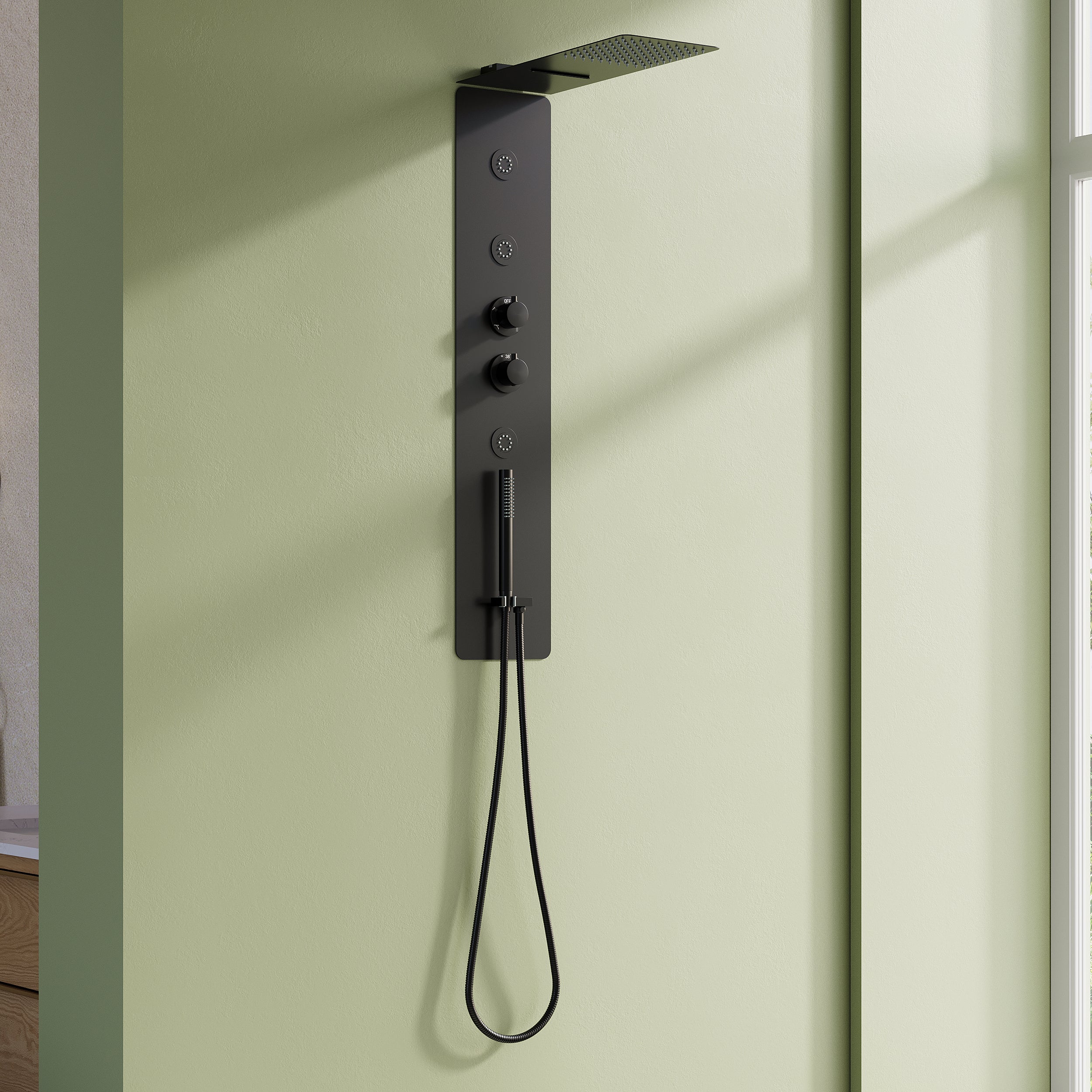






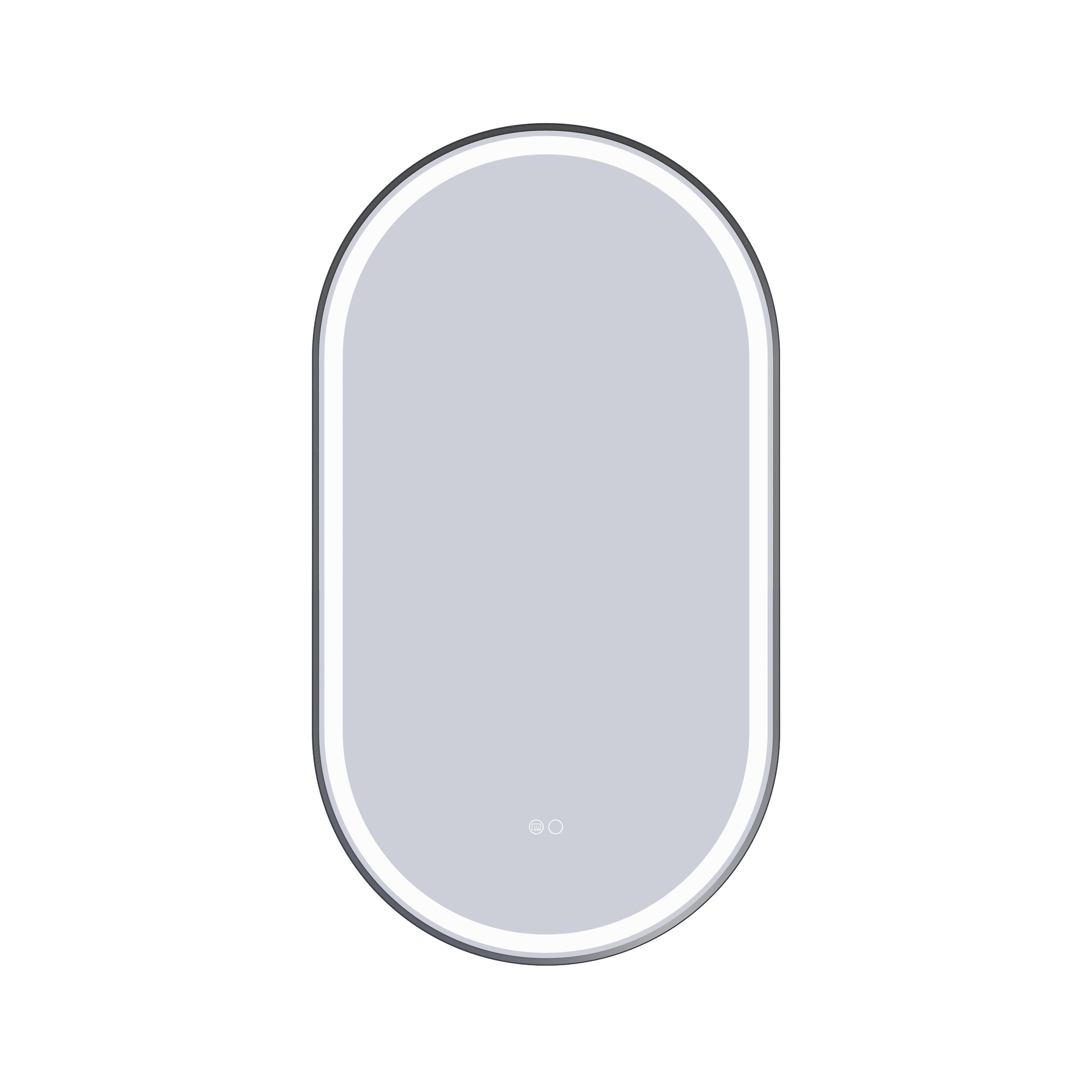

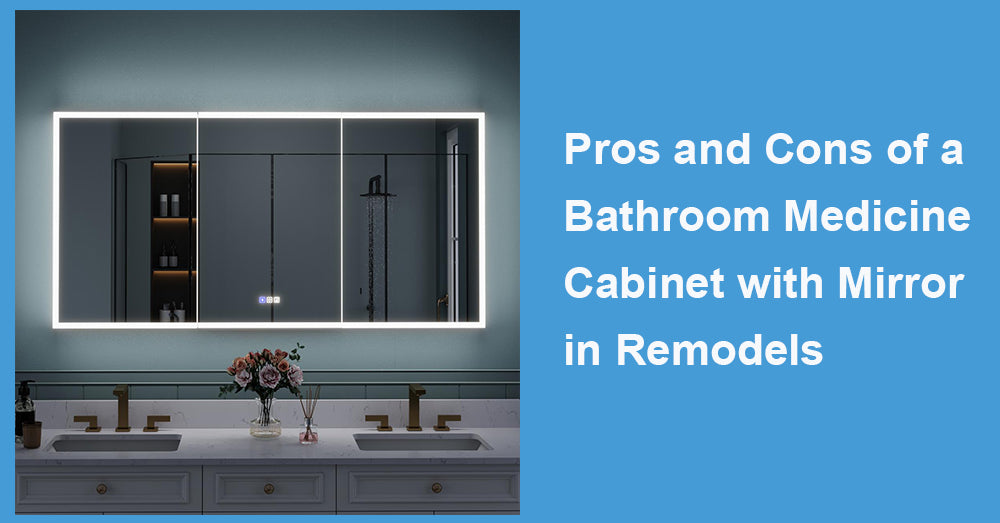
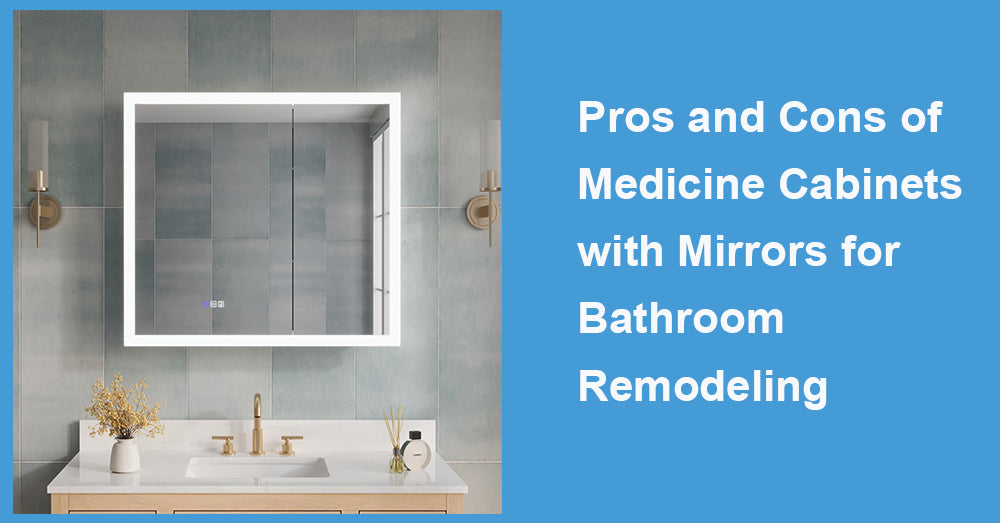
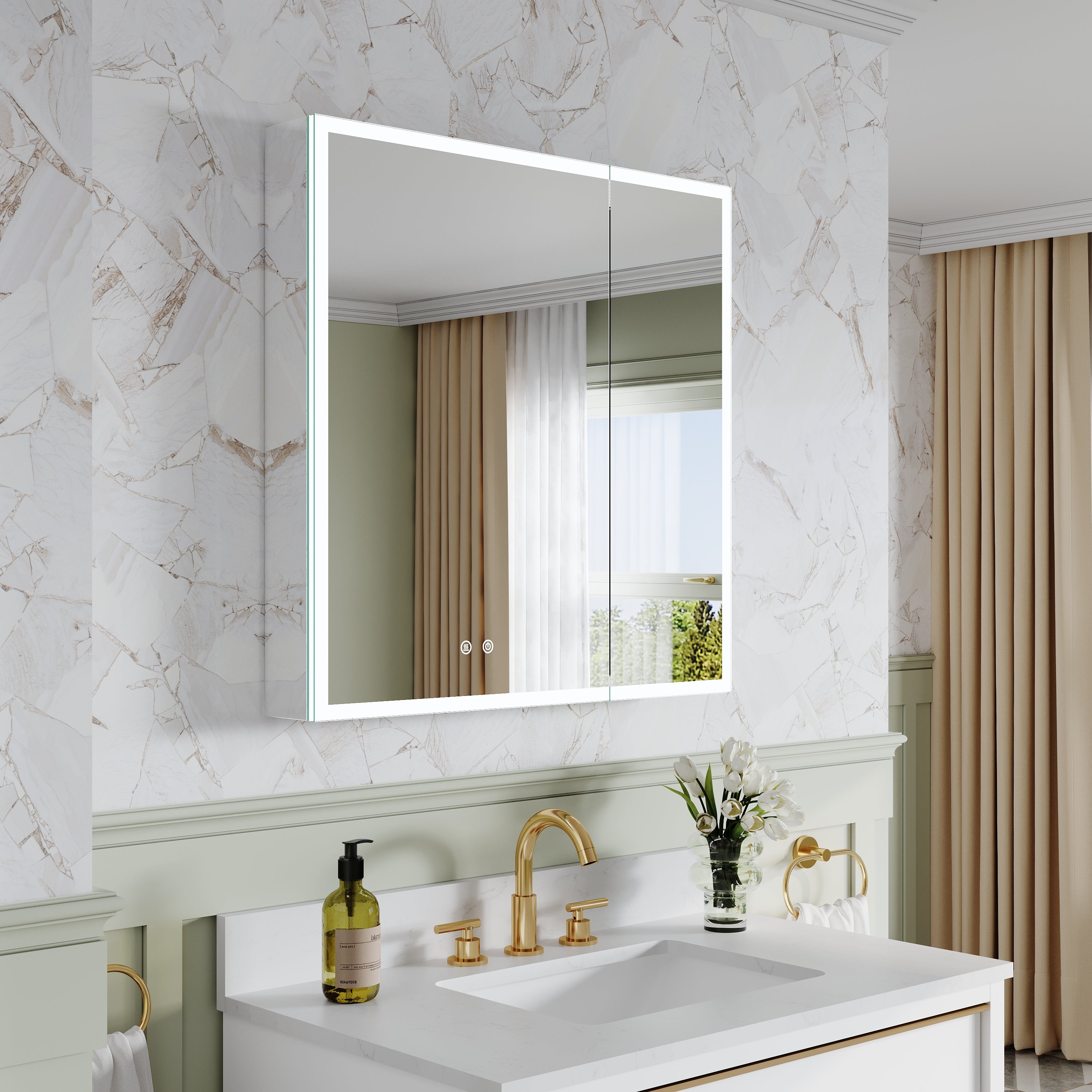
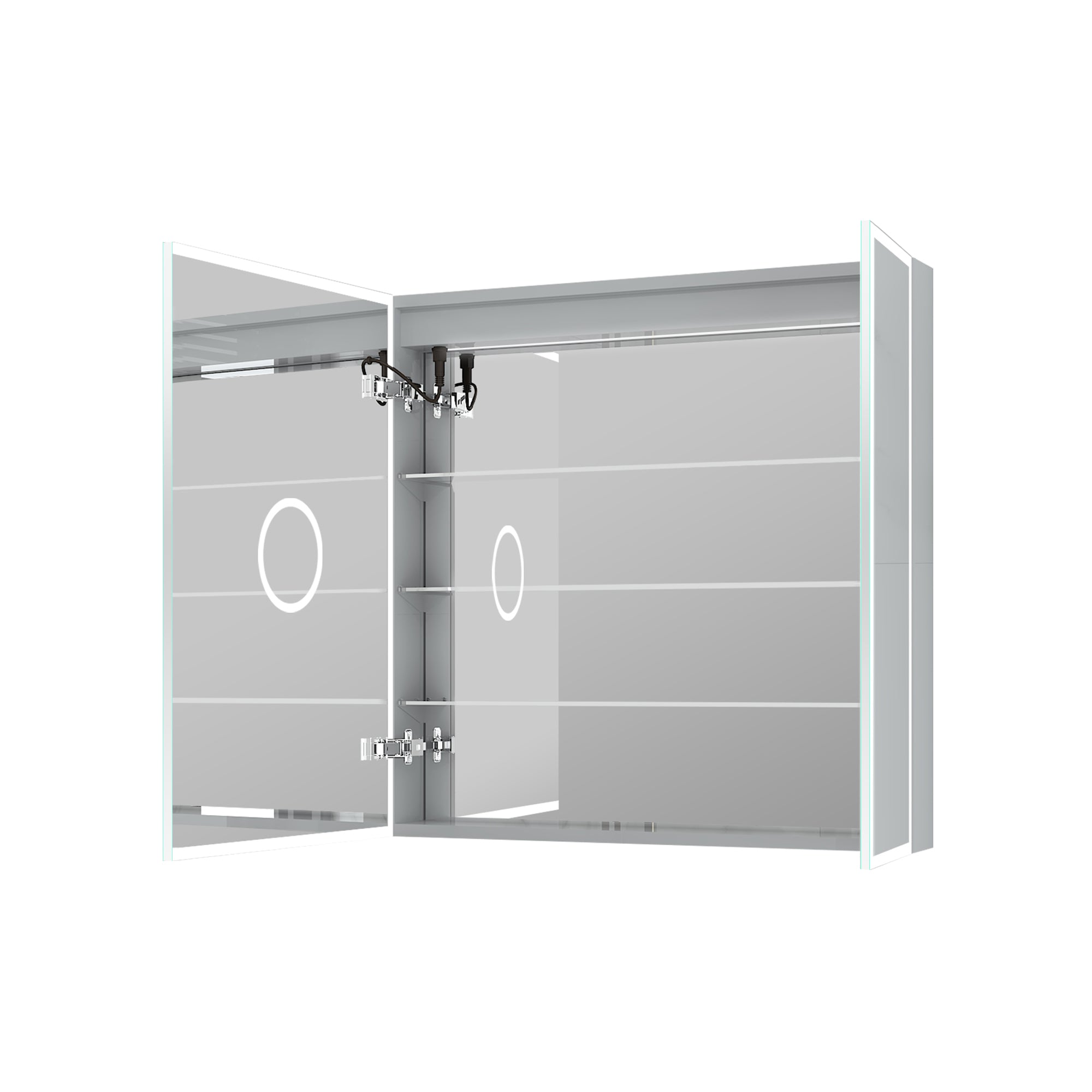
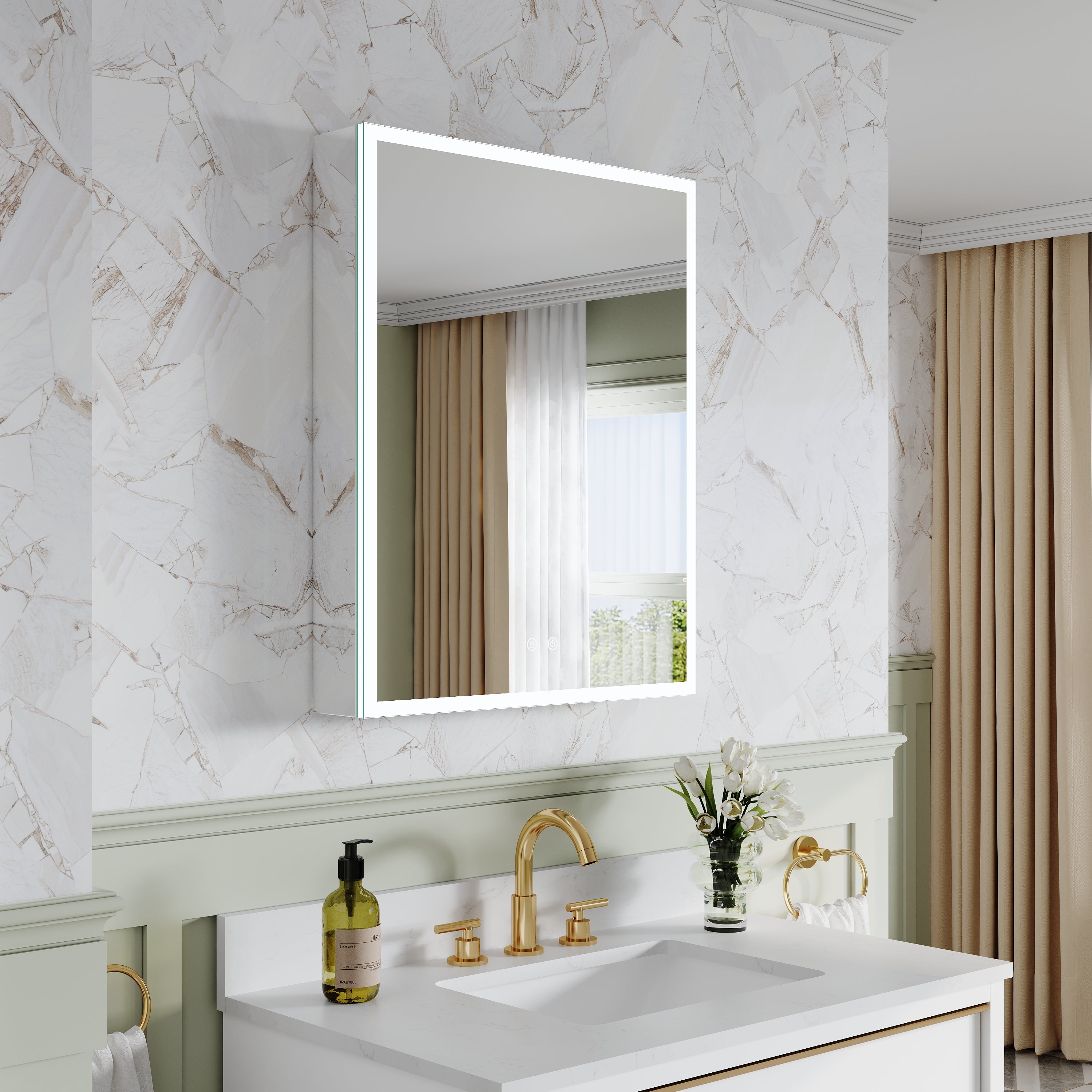
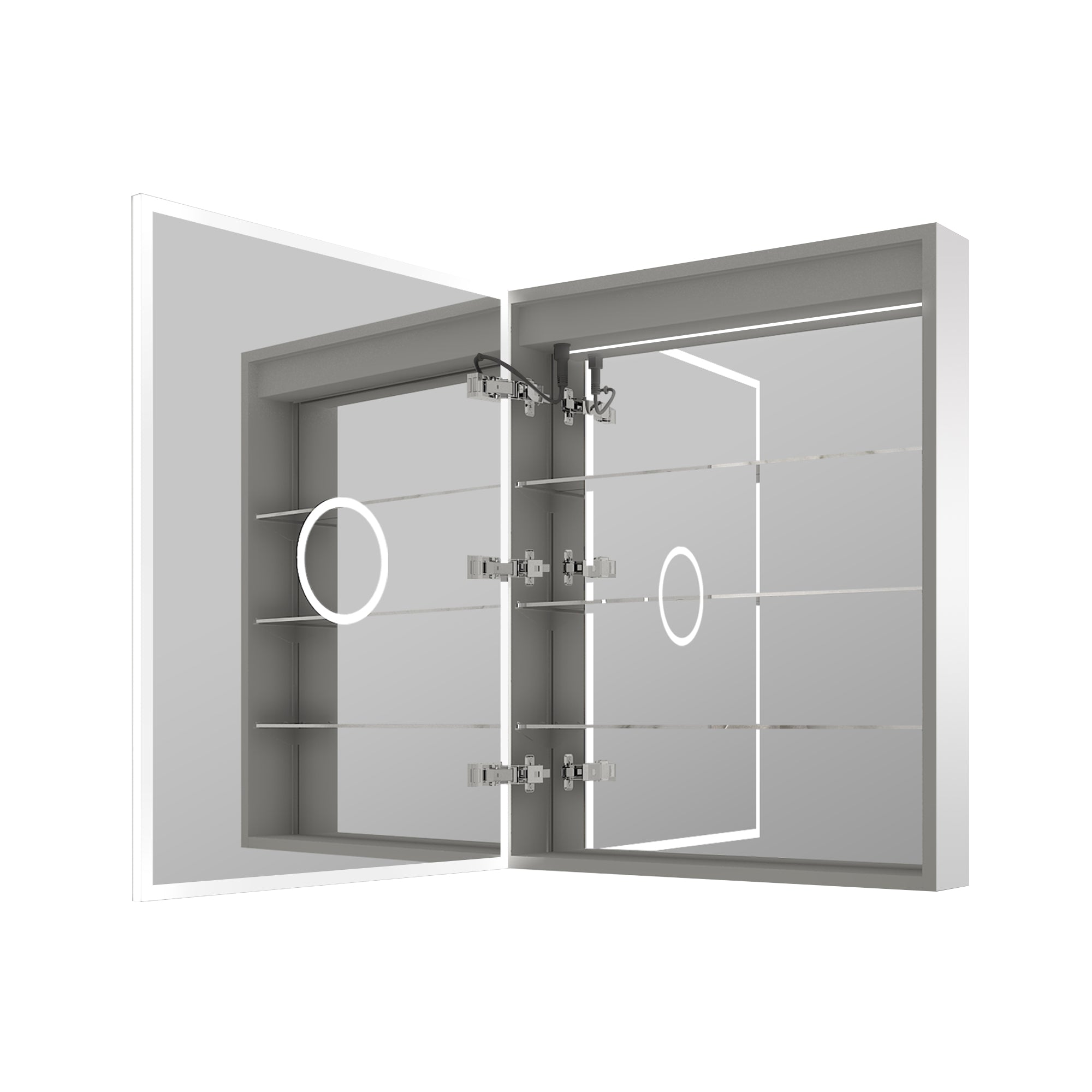
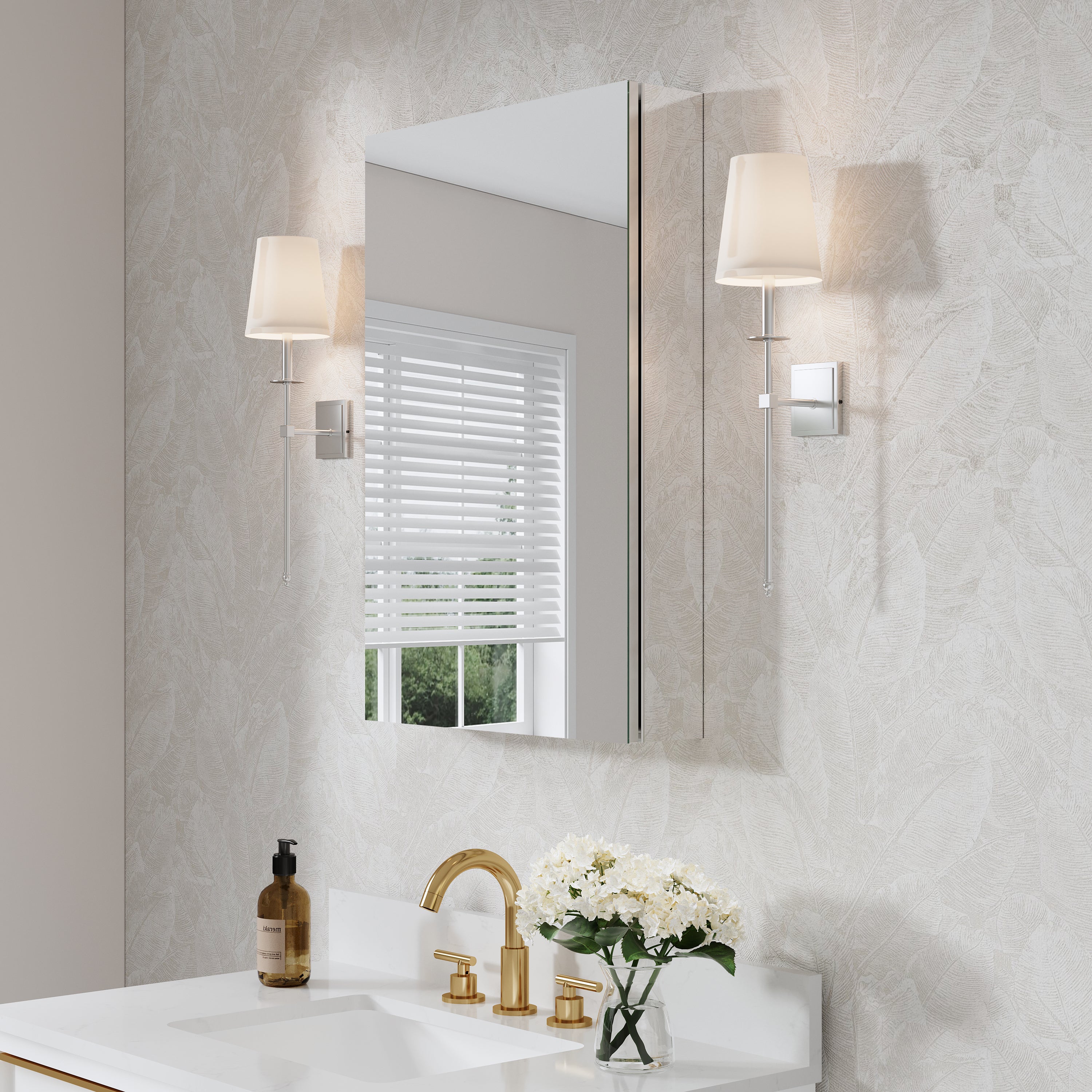
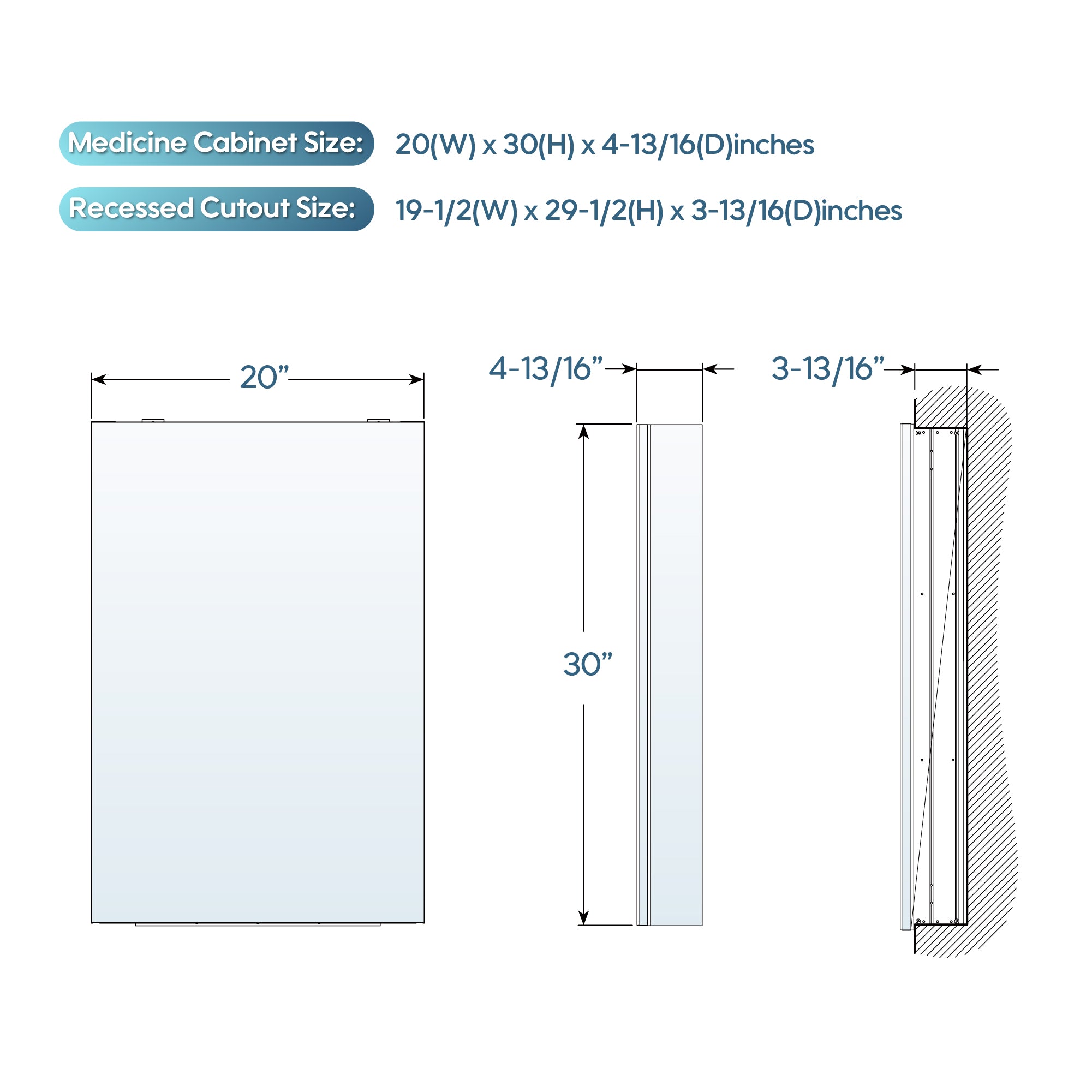
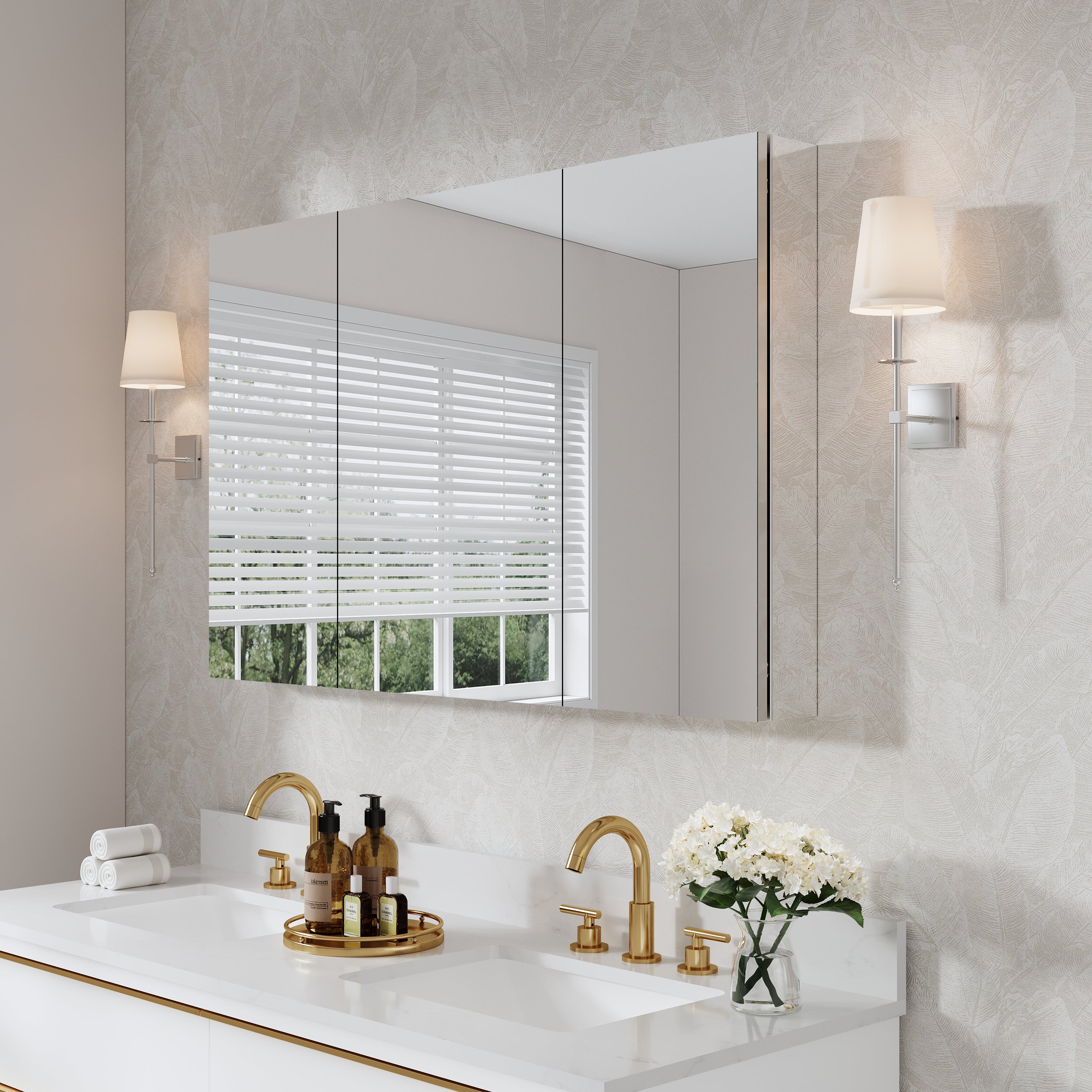
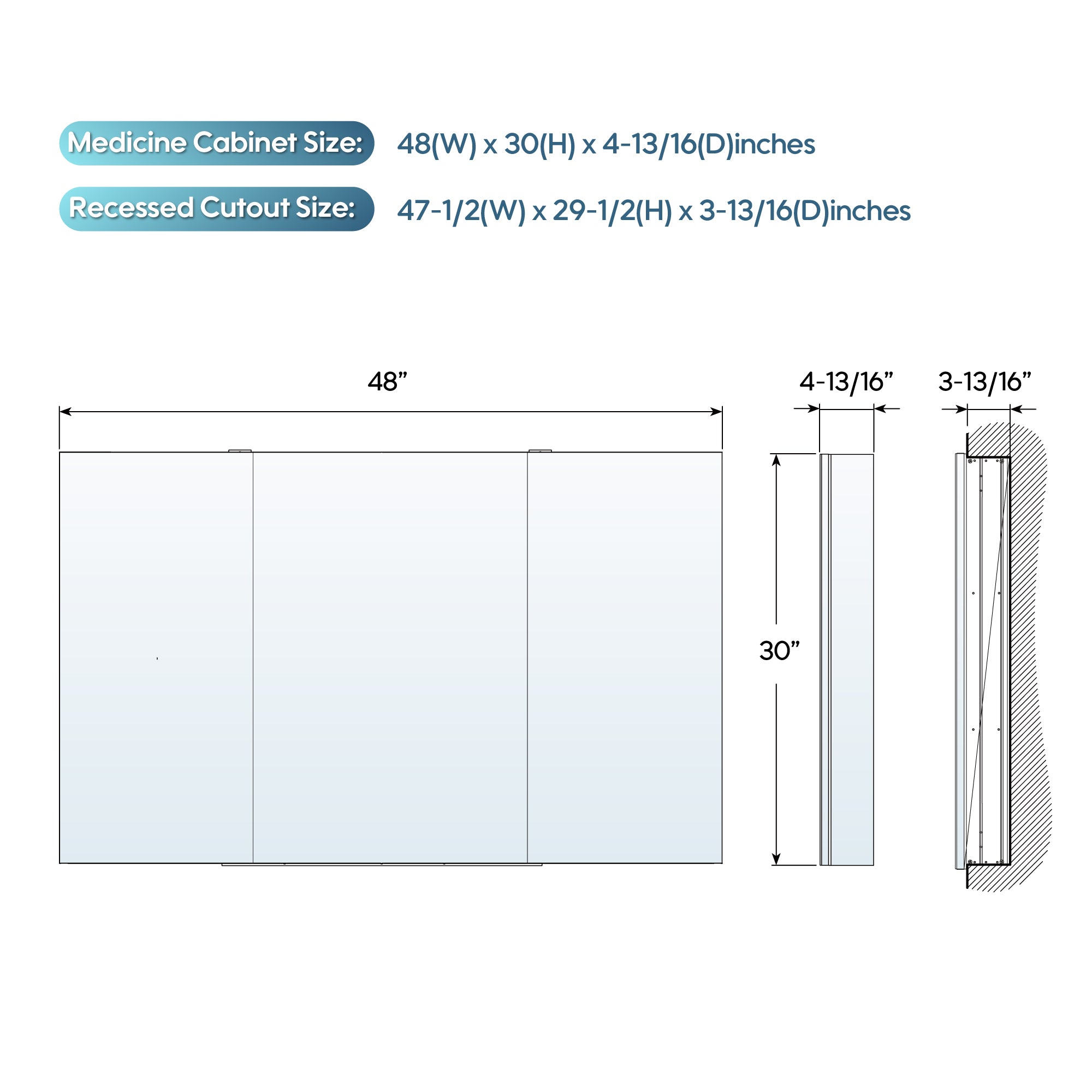
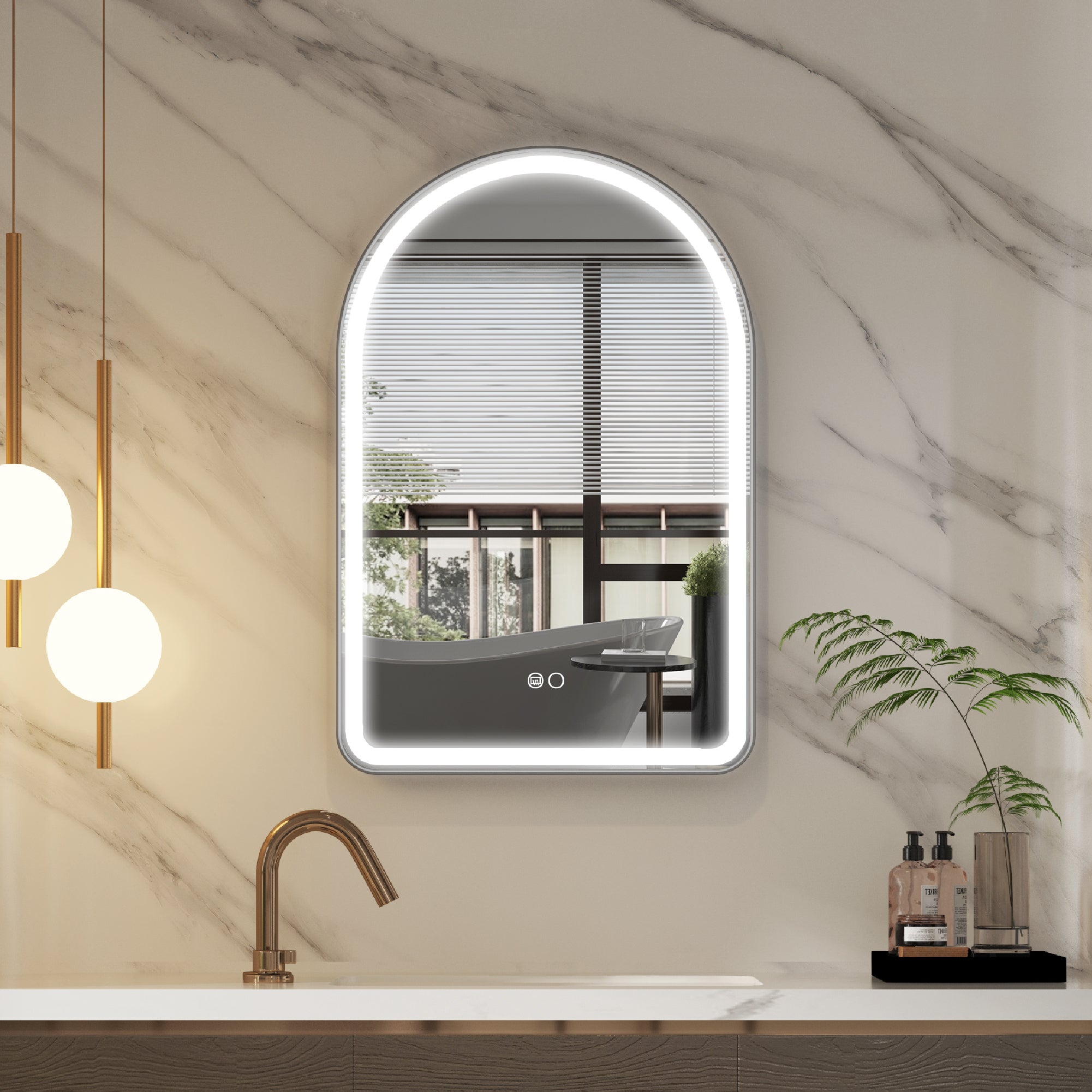
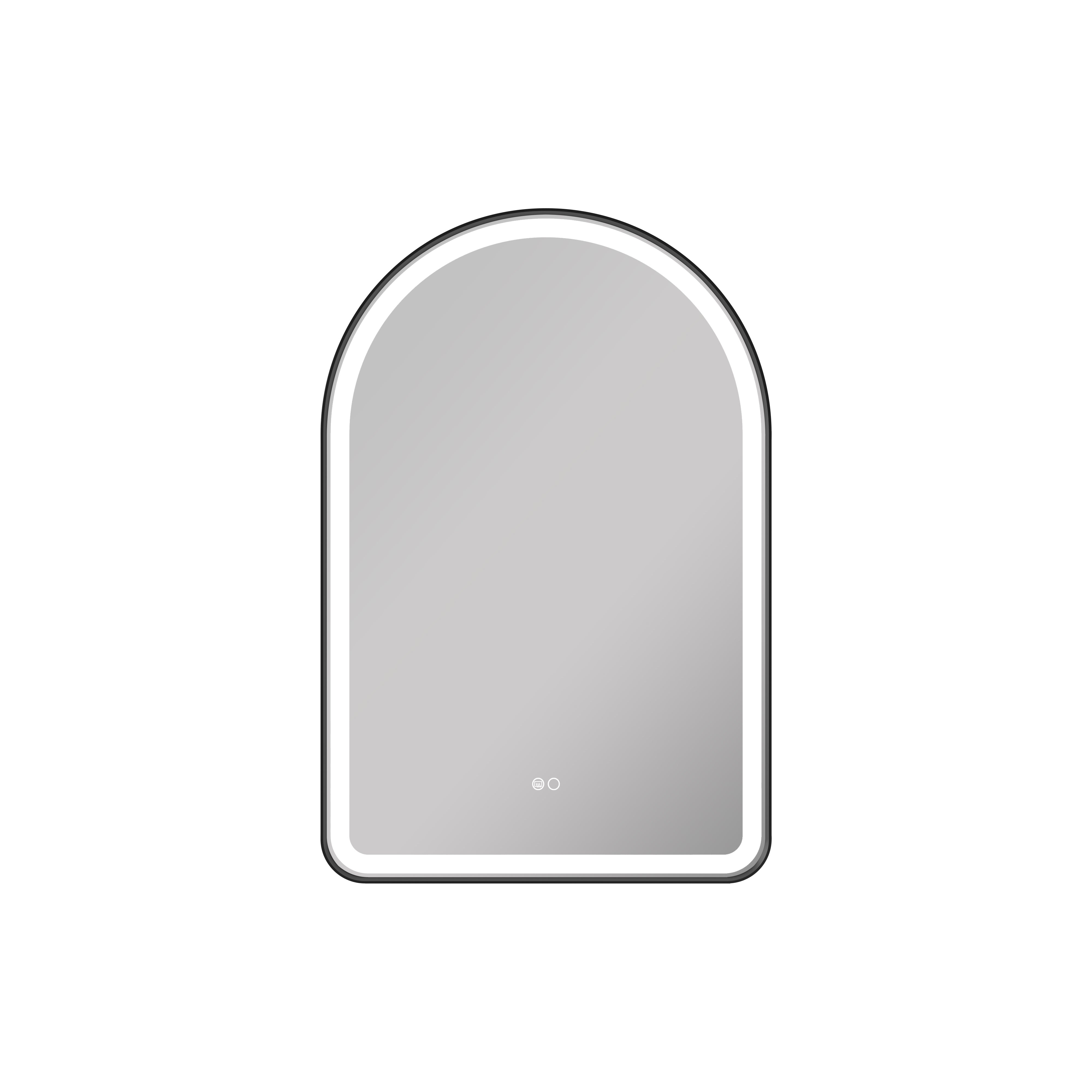


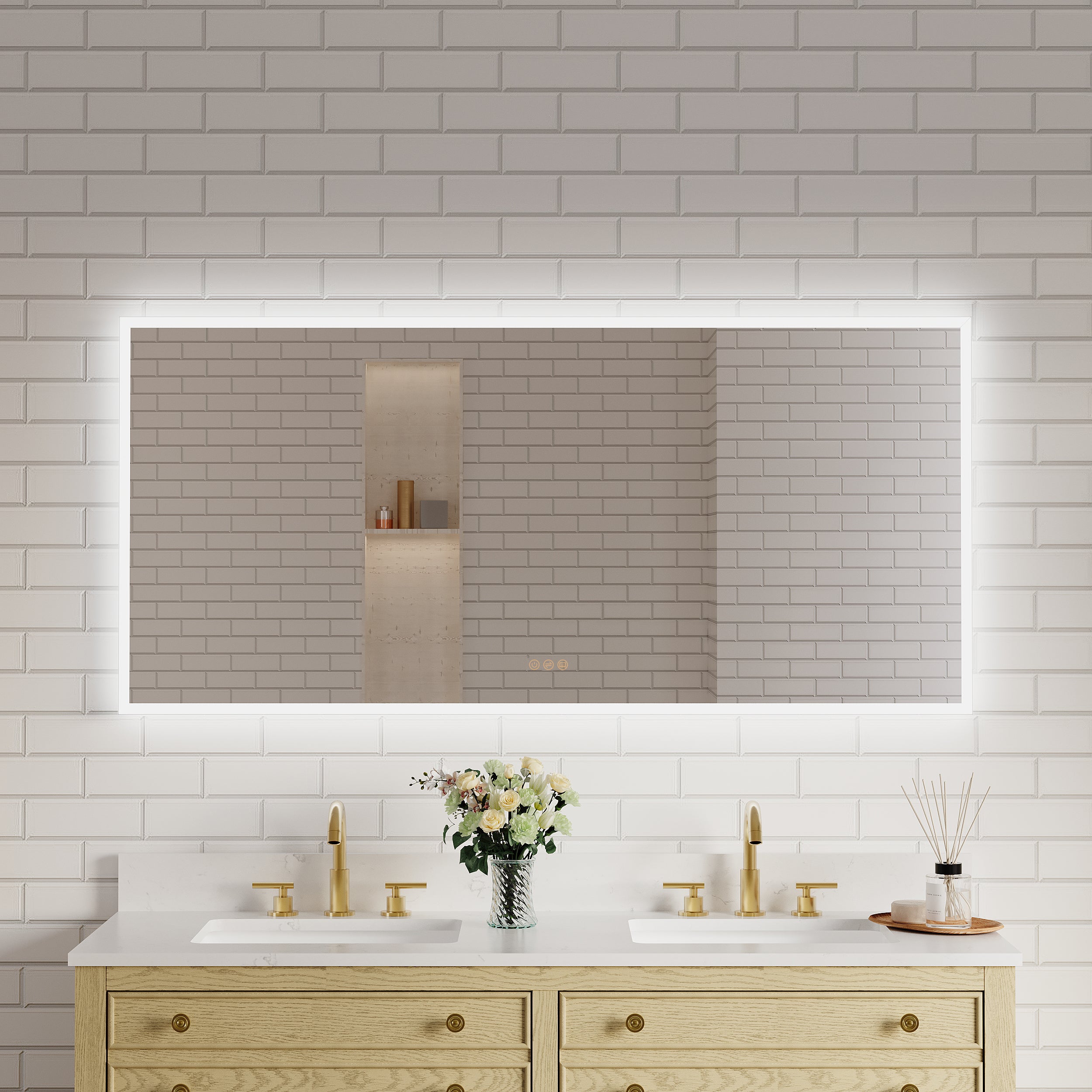
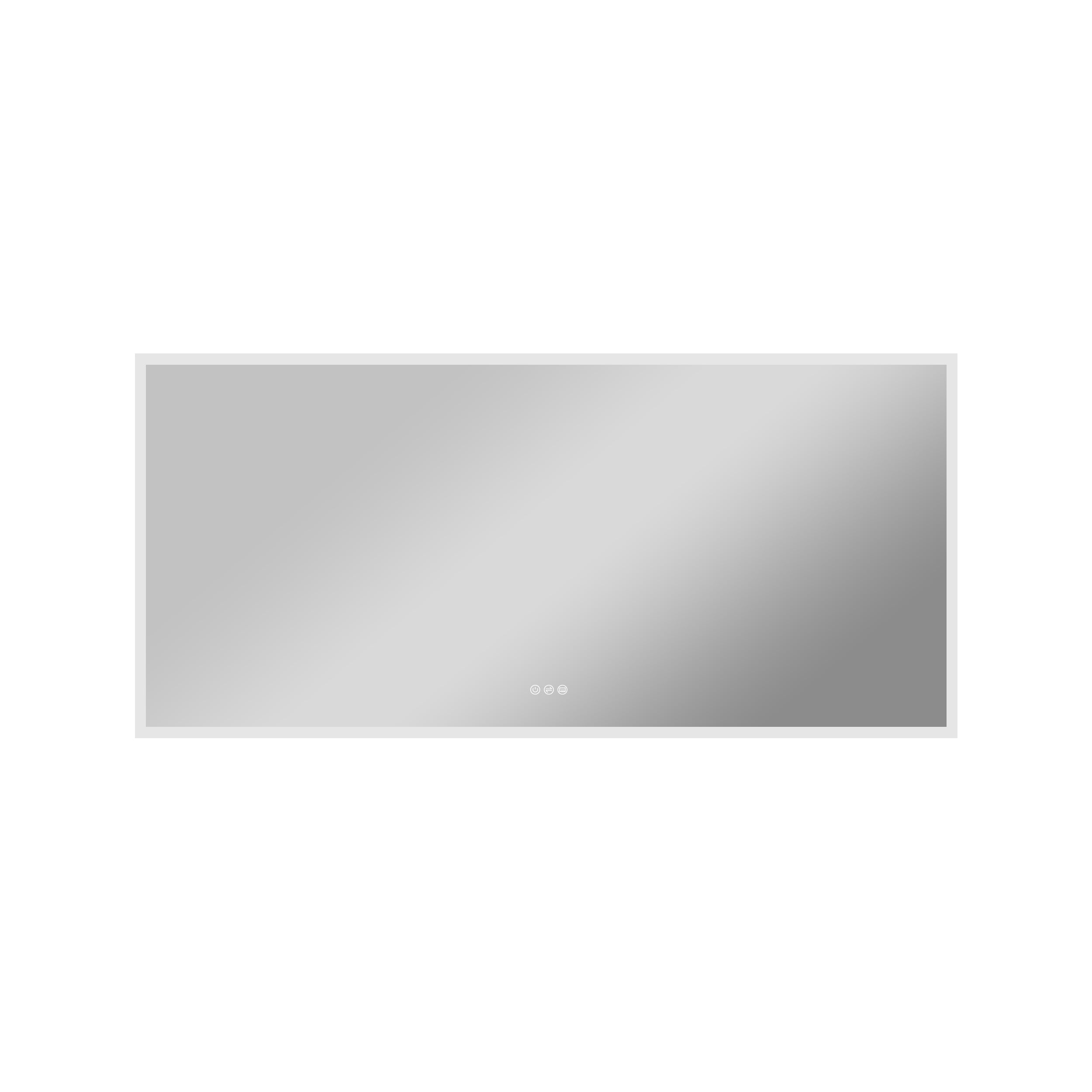
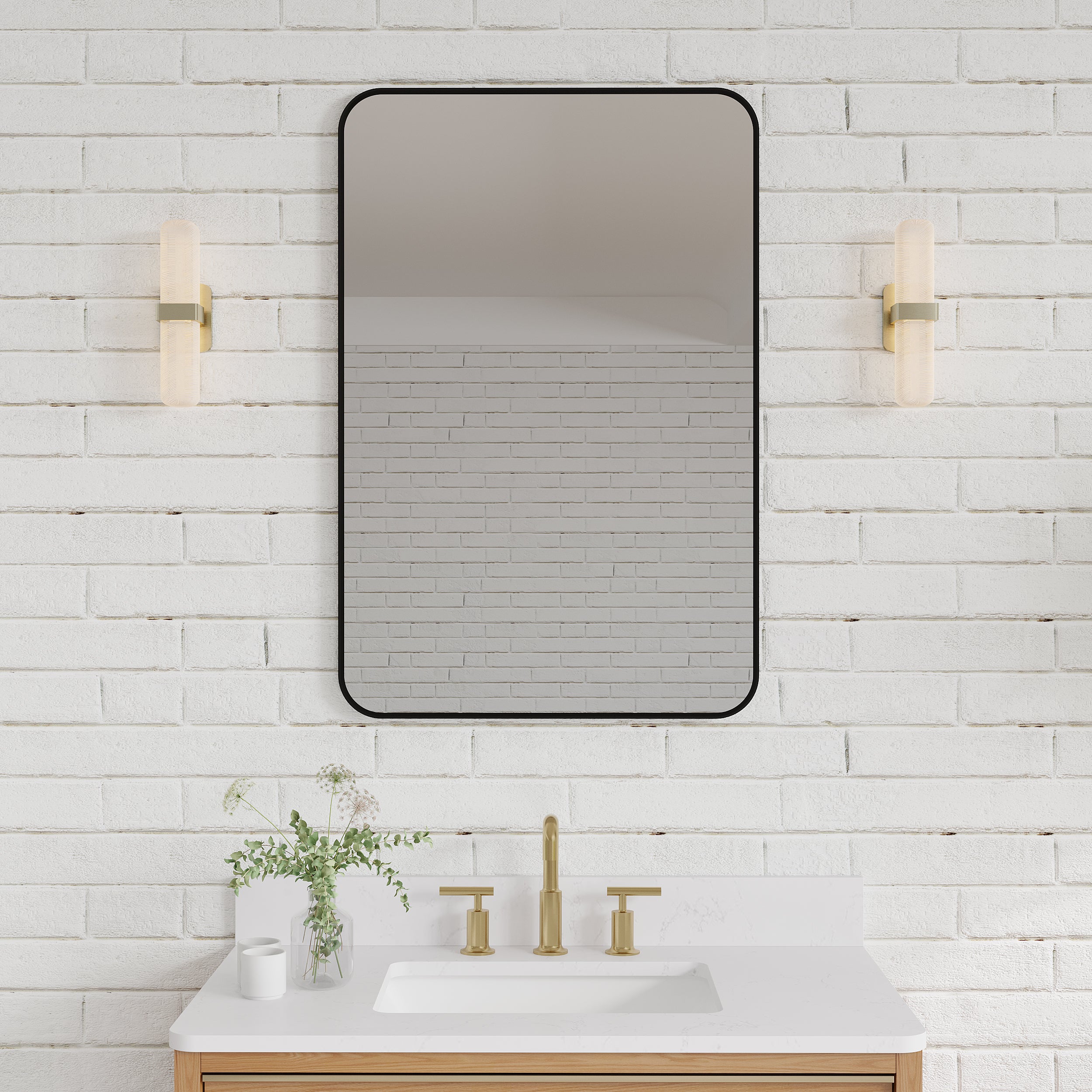

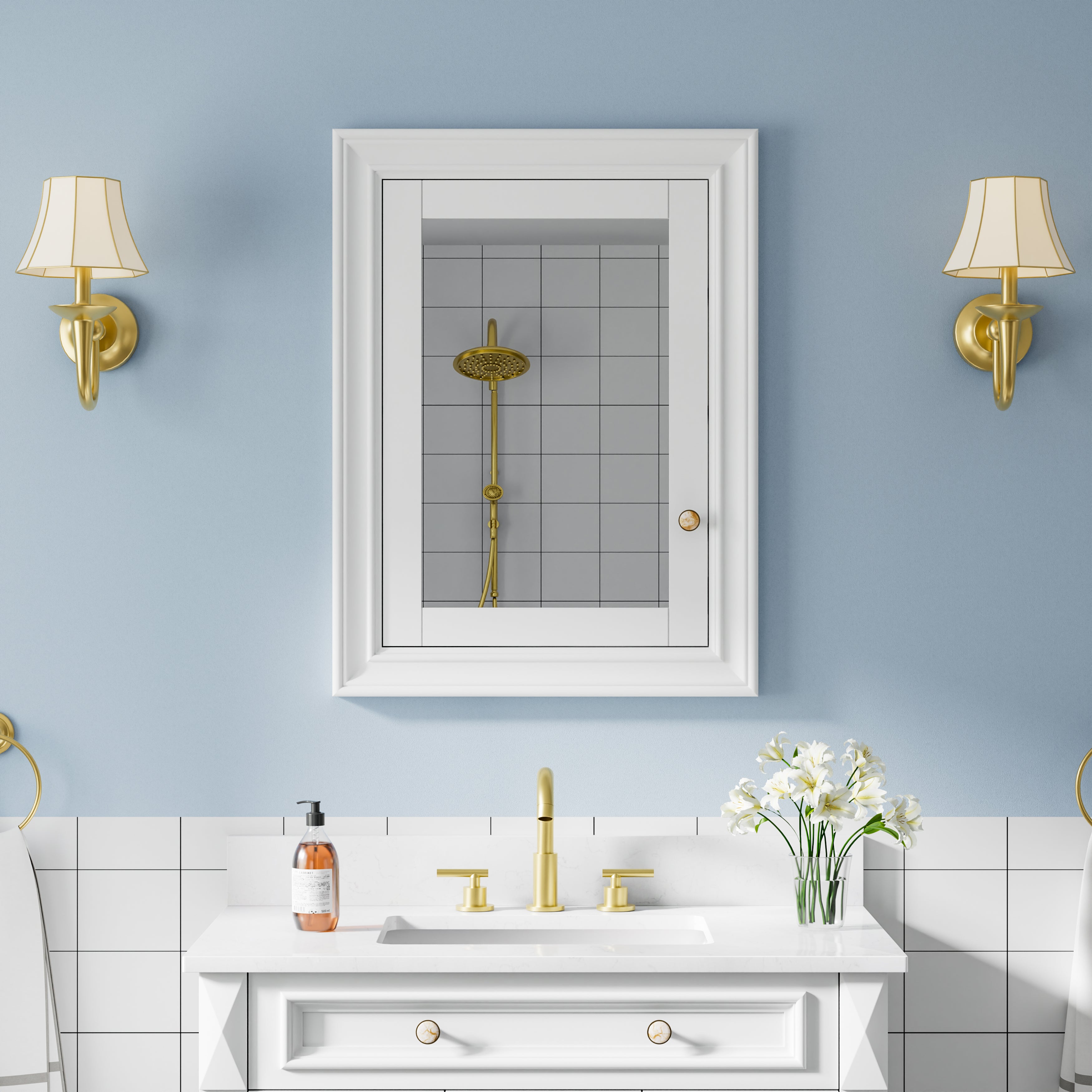
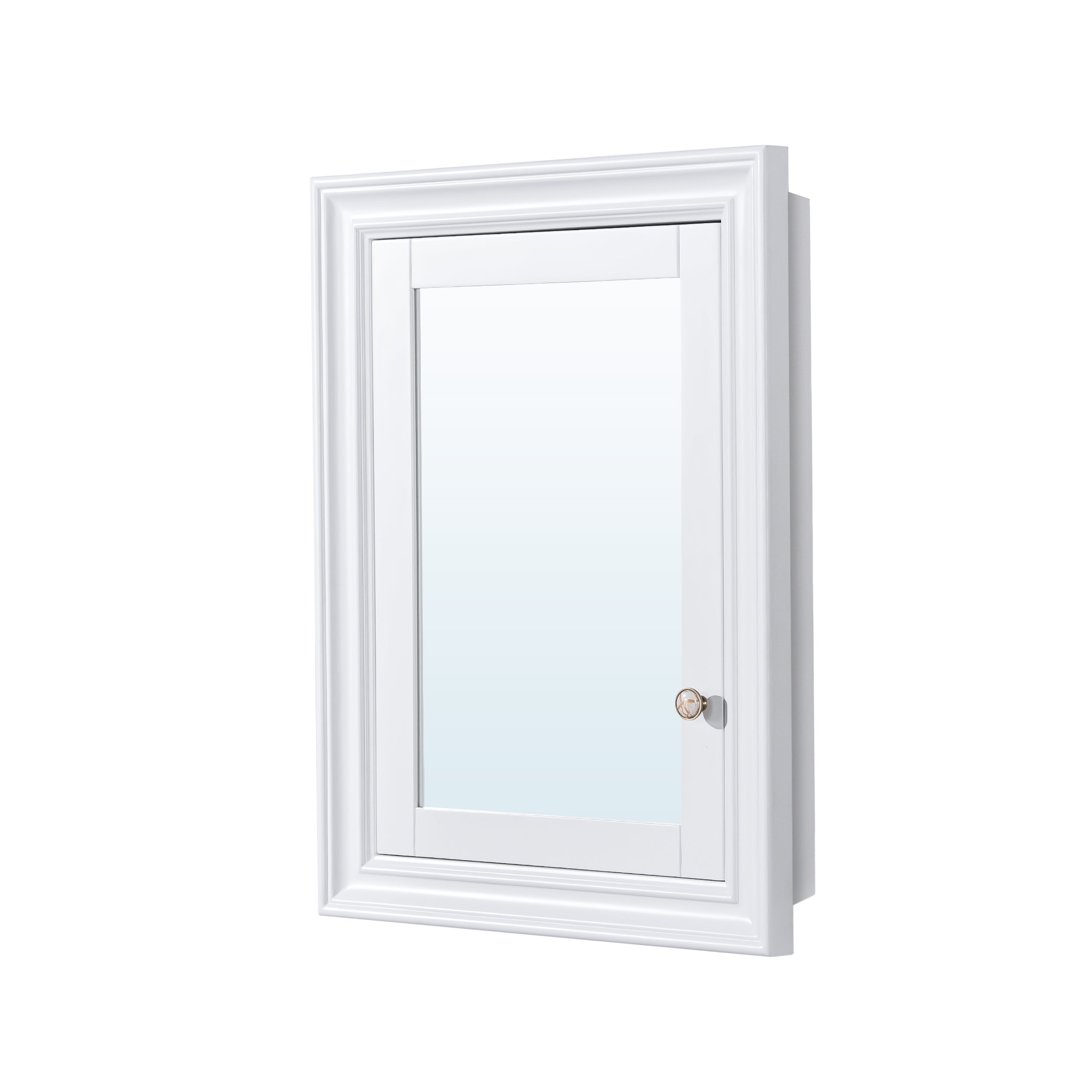










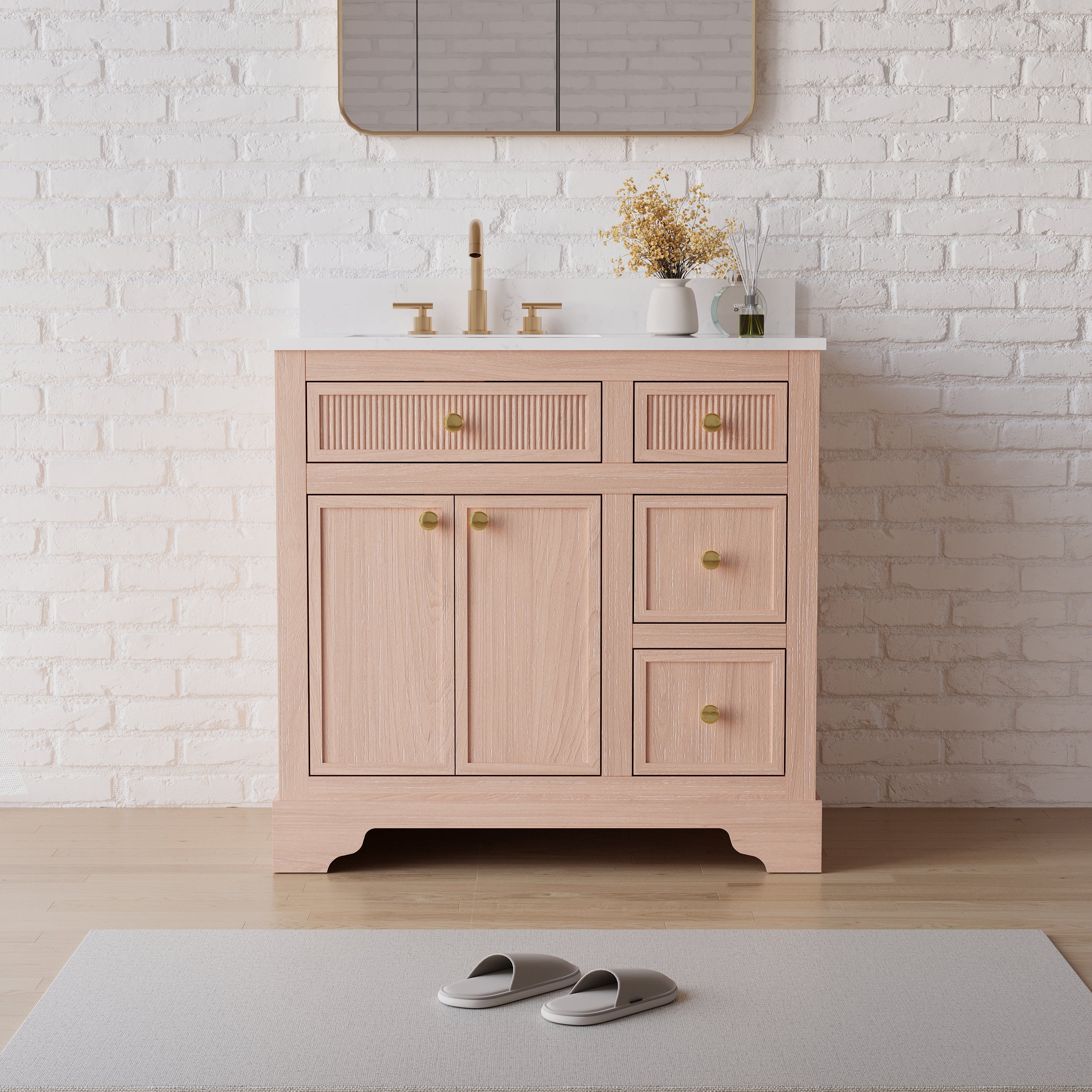
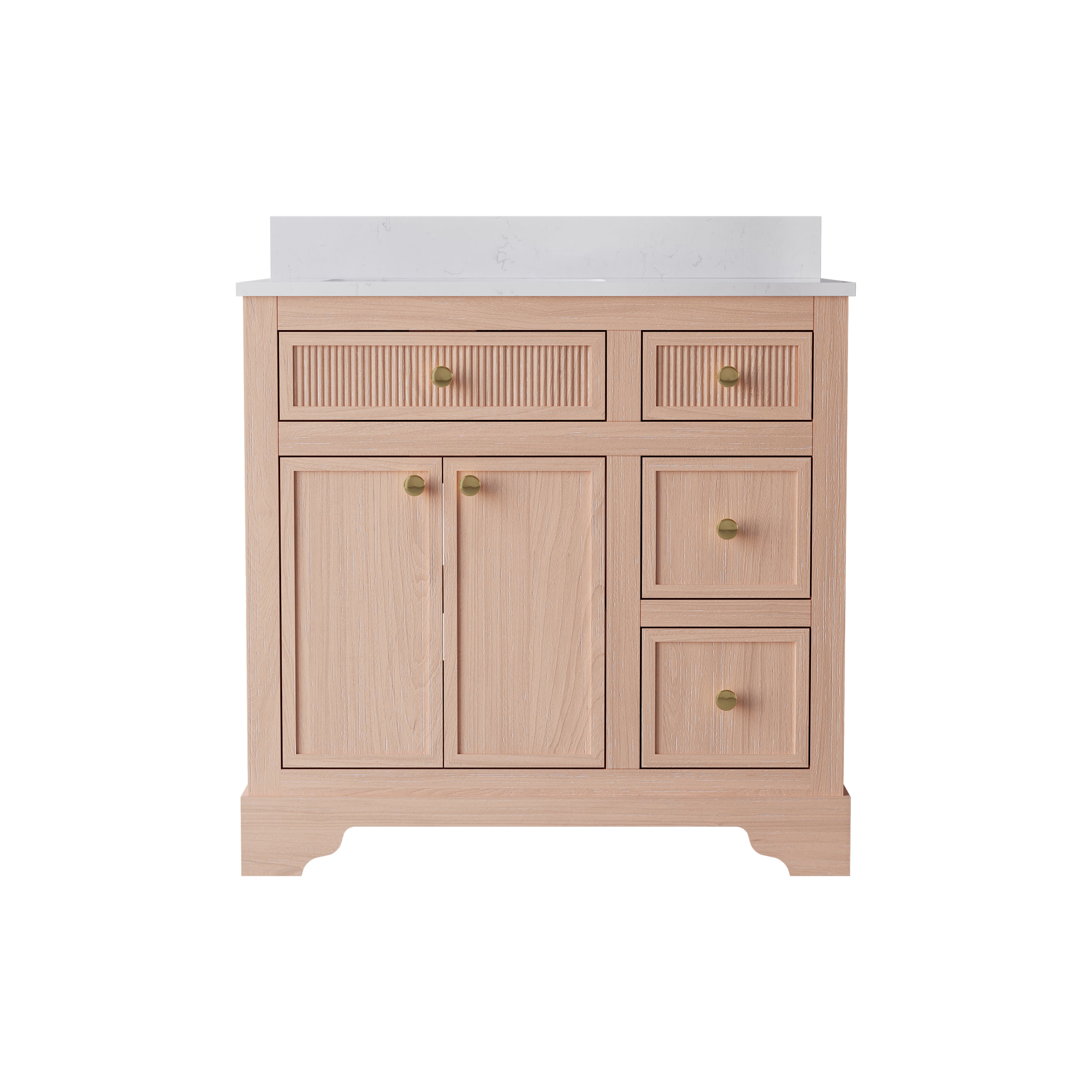
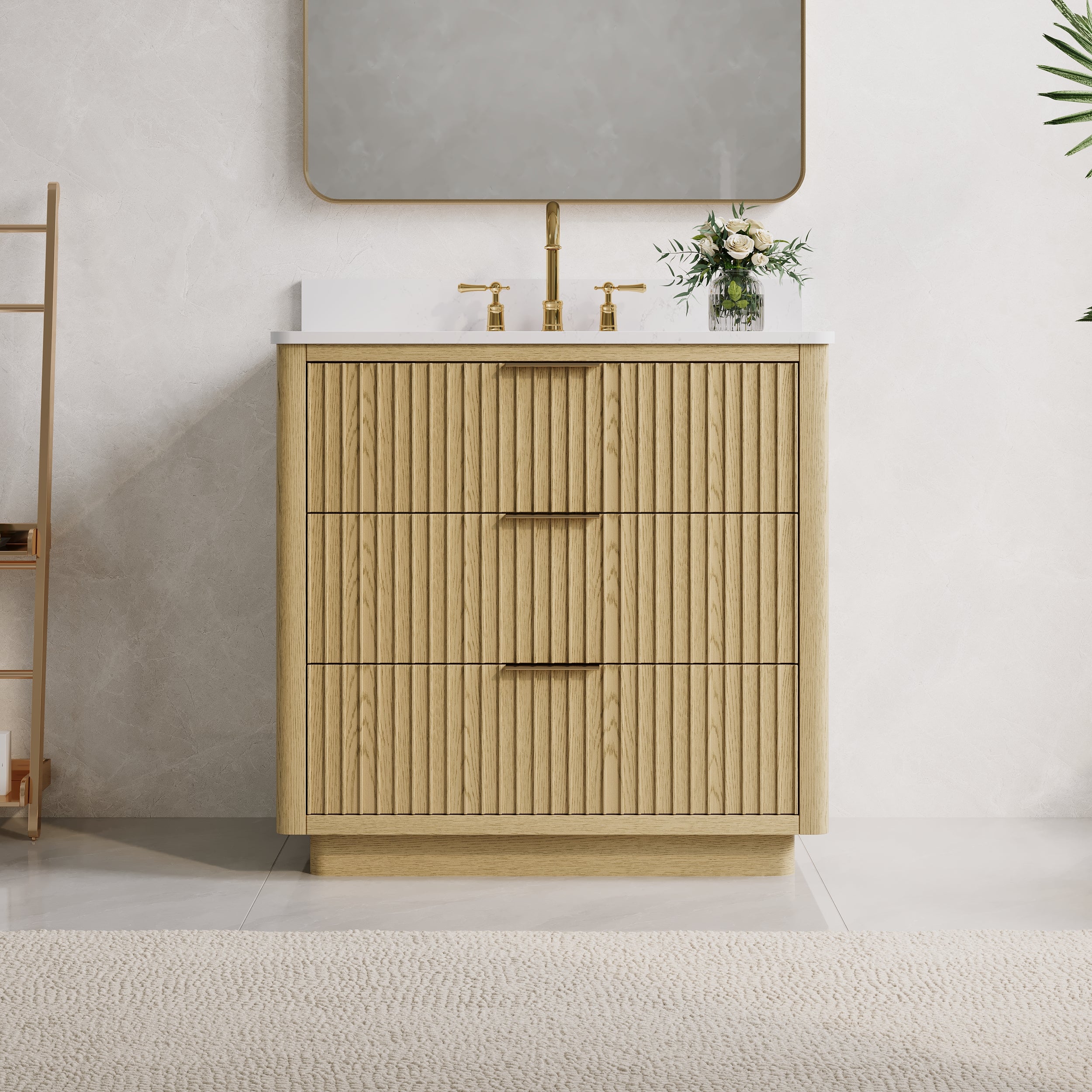
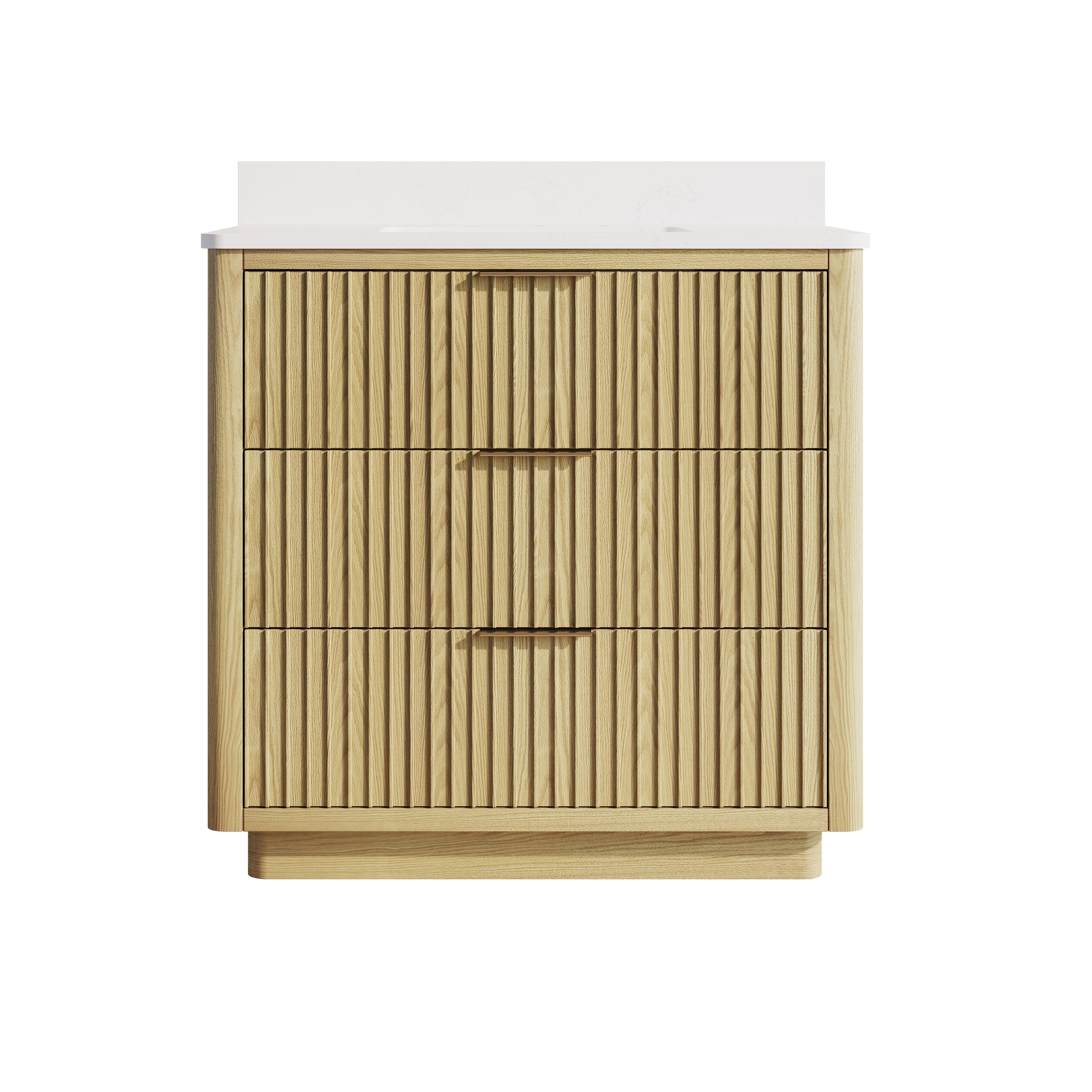
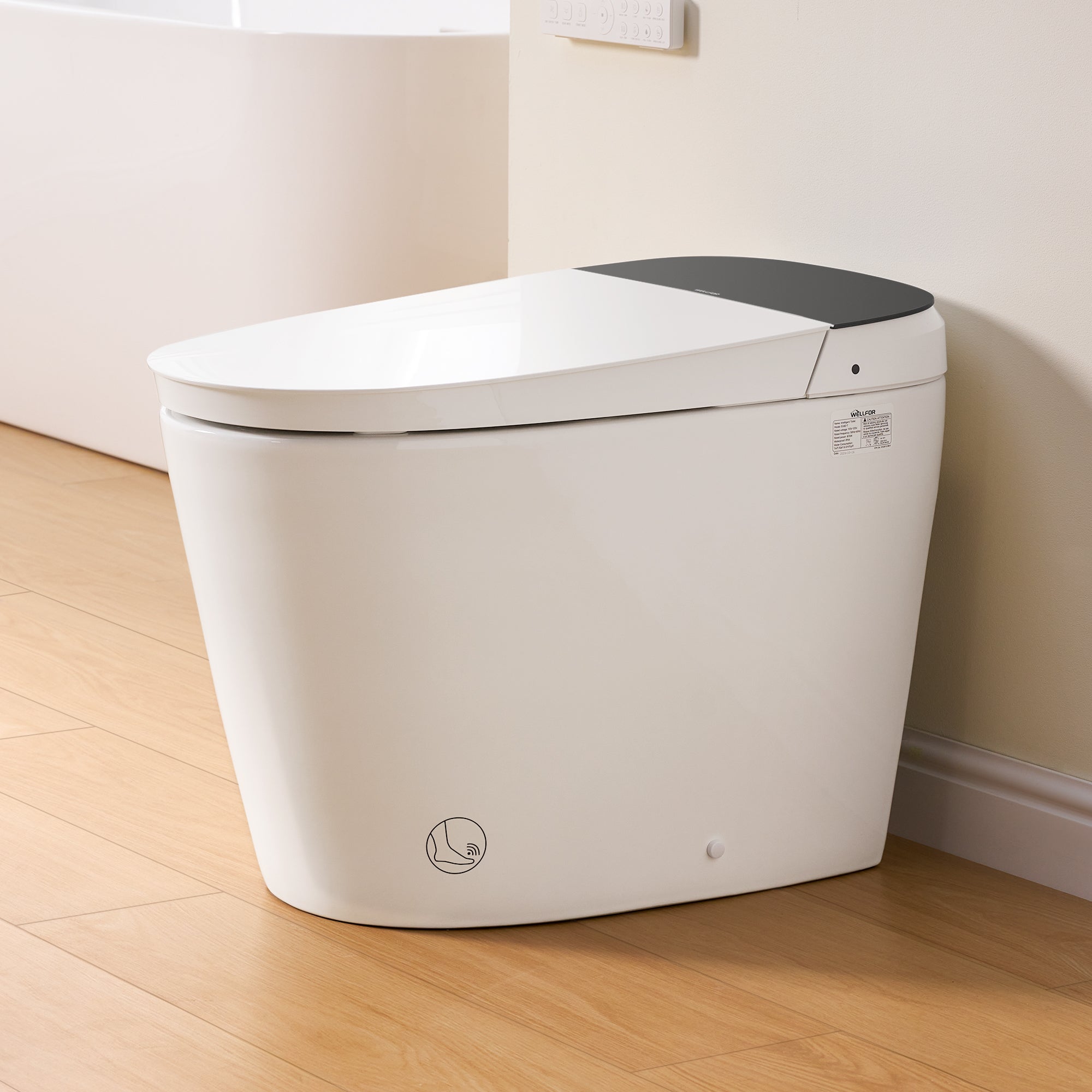
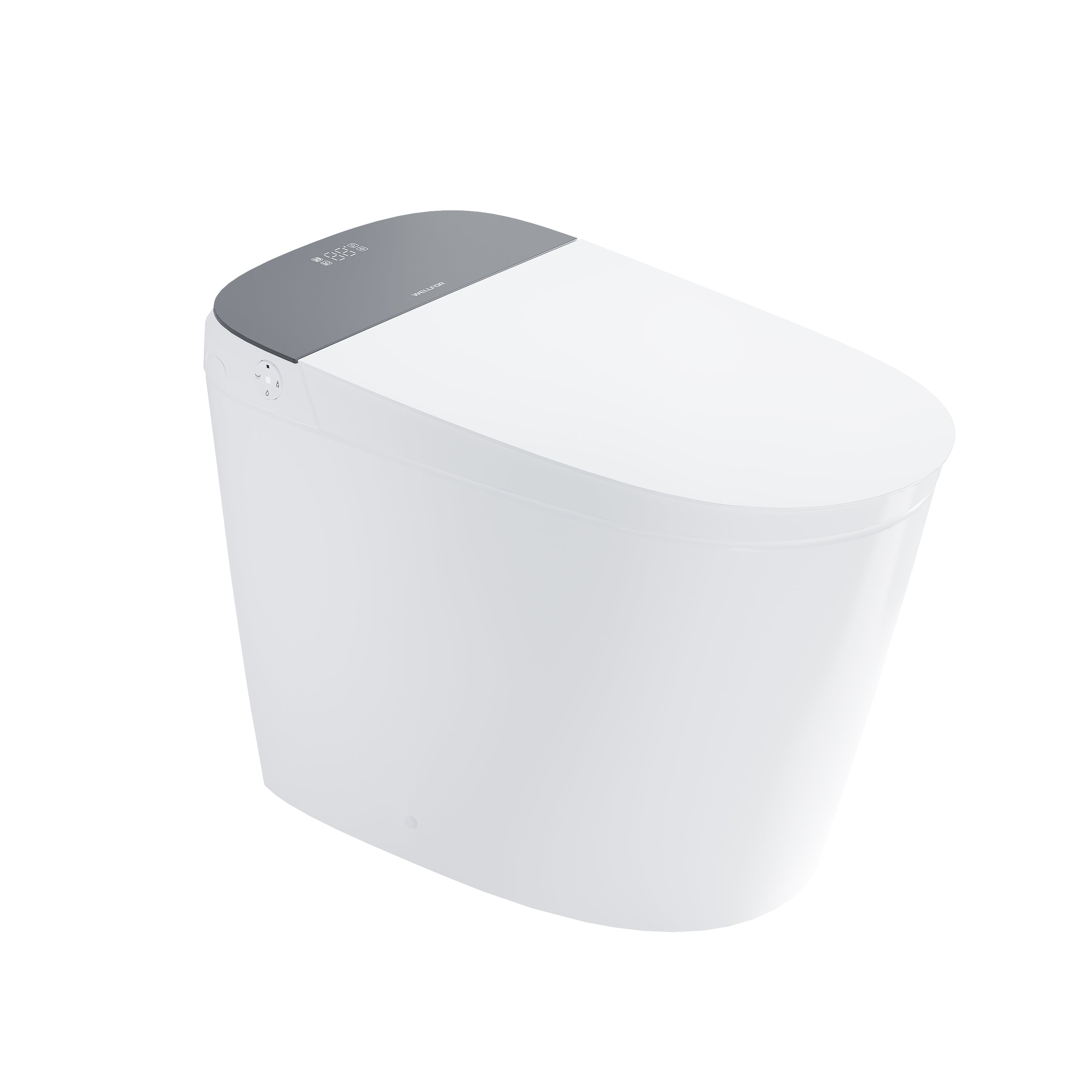
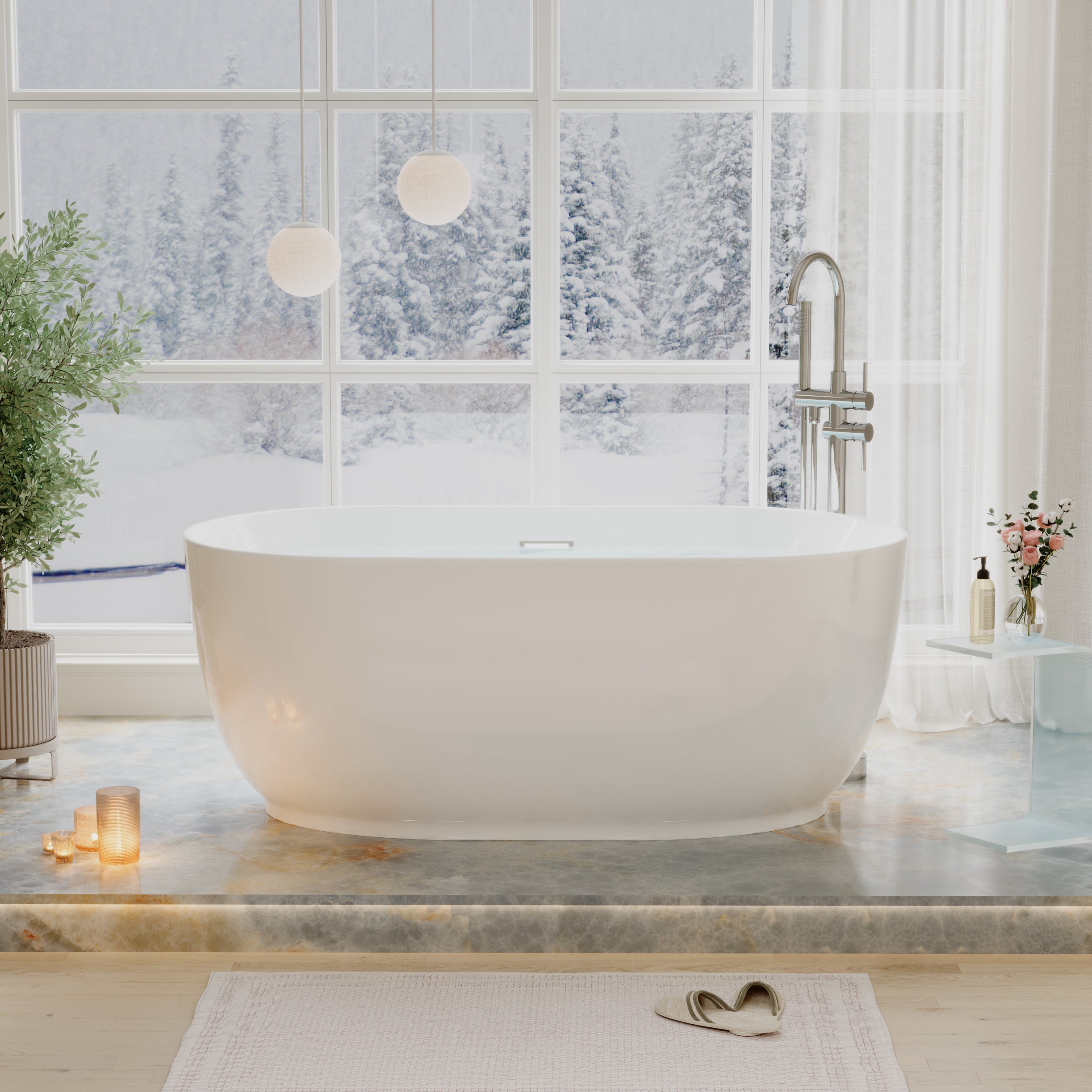
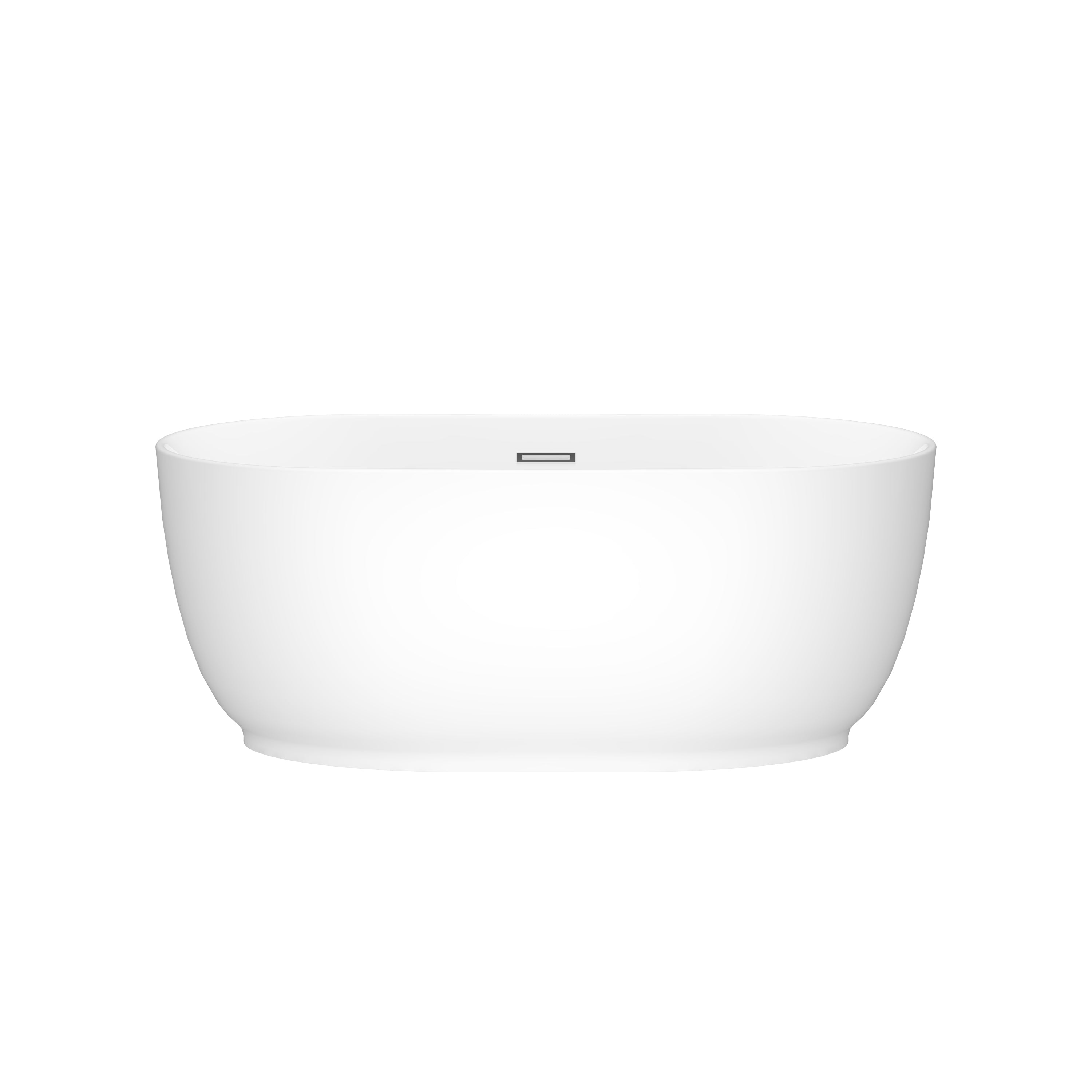
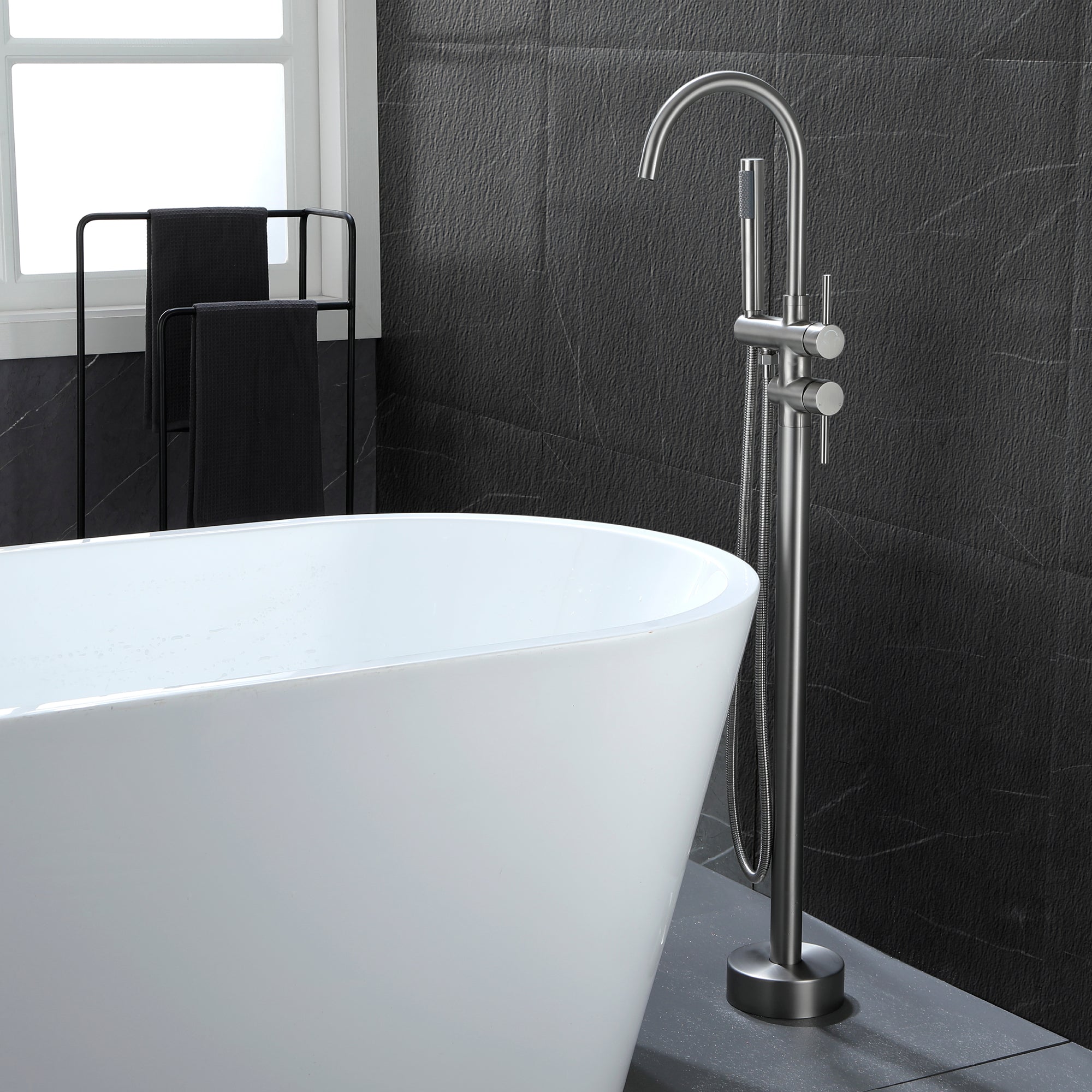

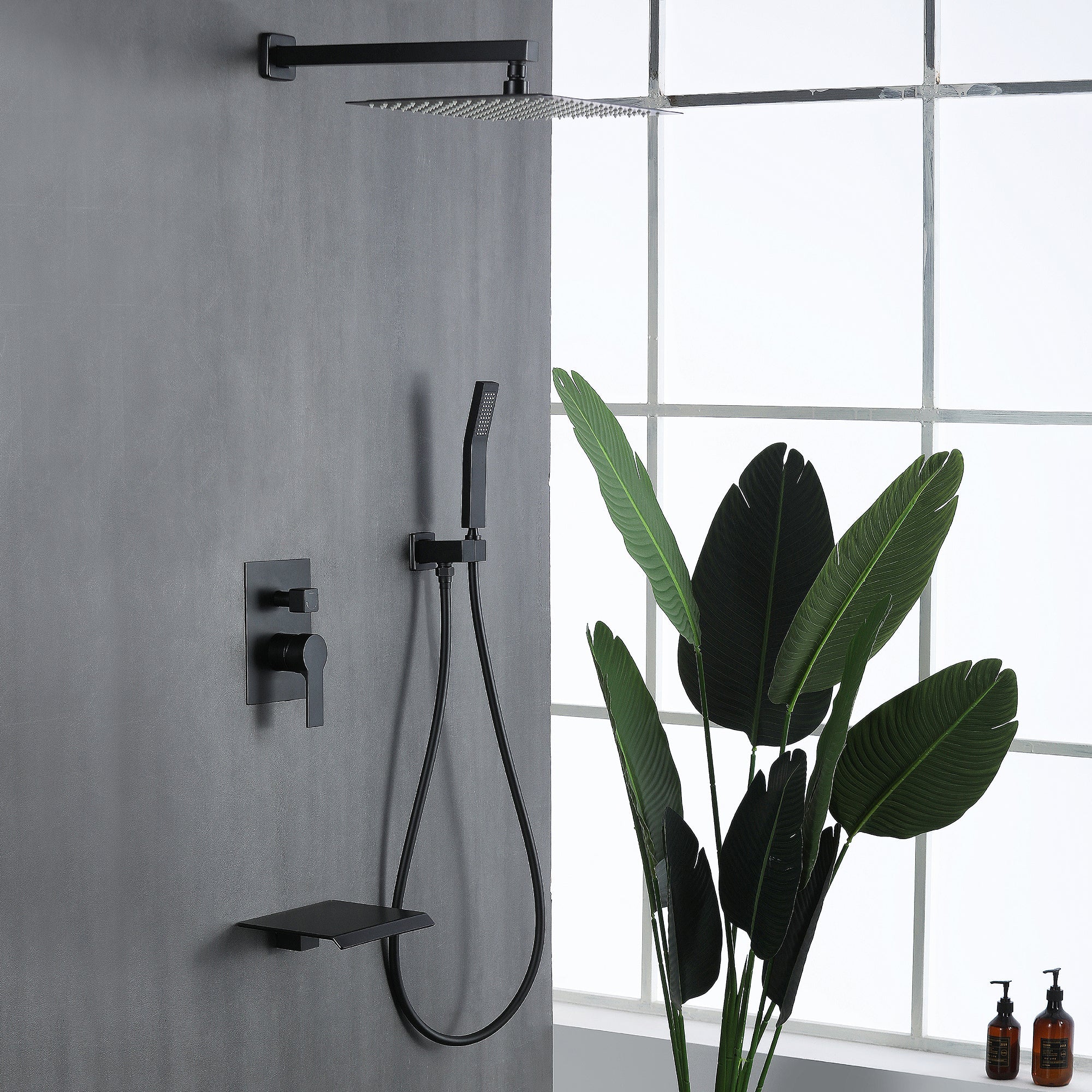
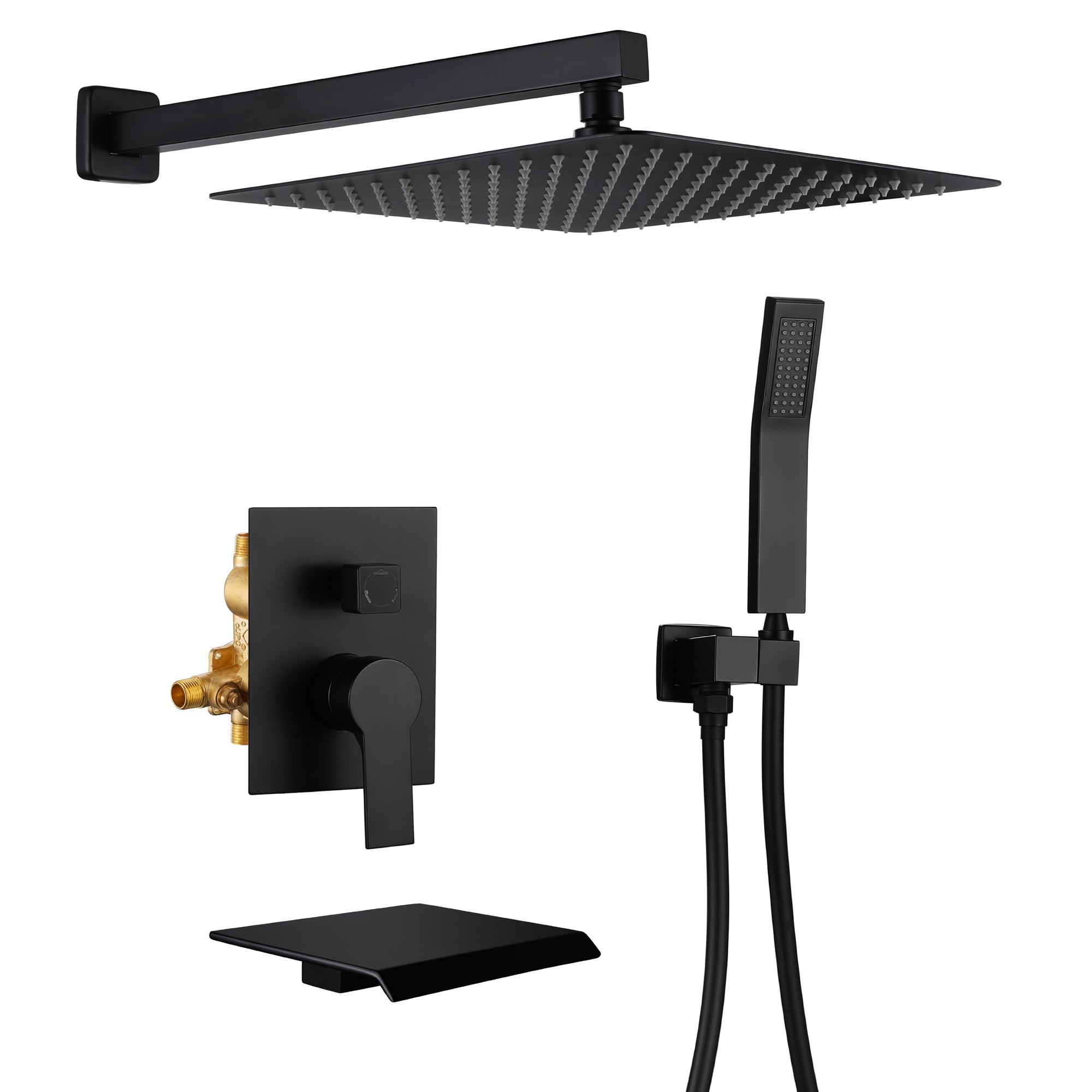
Leave a comment
This site is protected by hCaptcha and the hCaptcha Privacy Policy and Terms of Service apply.